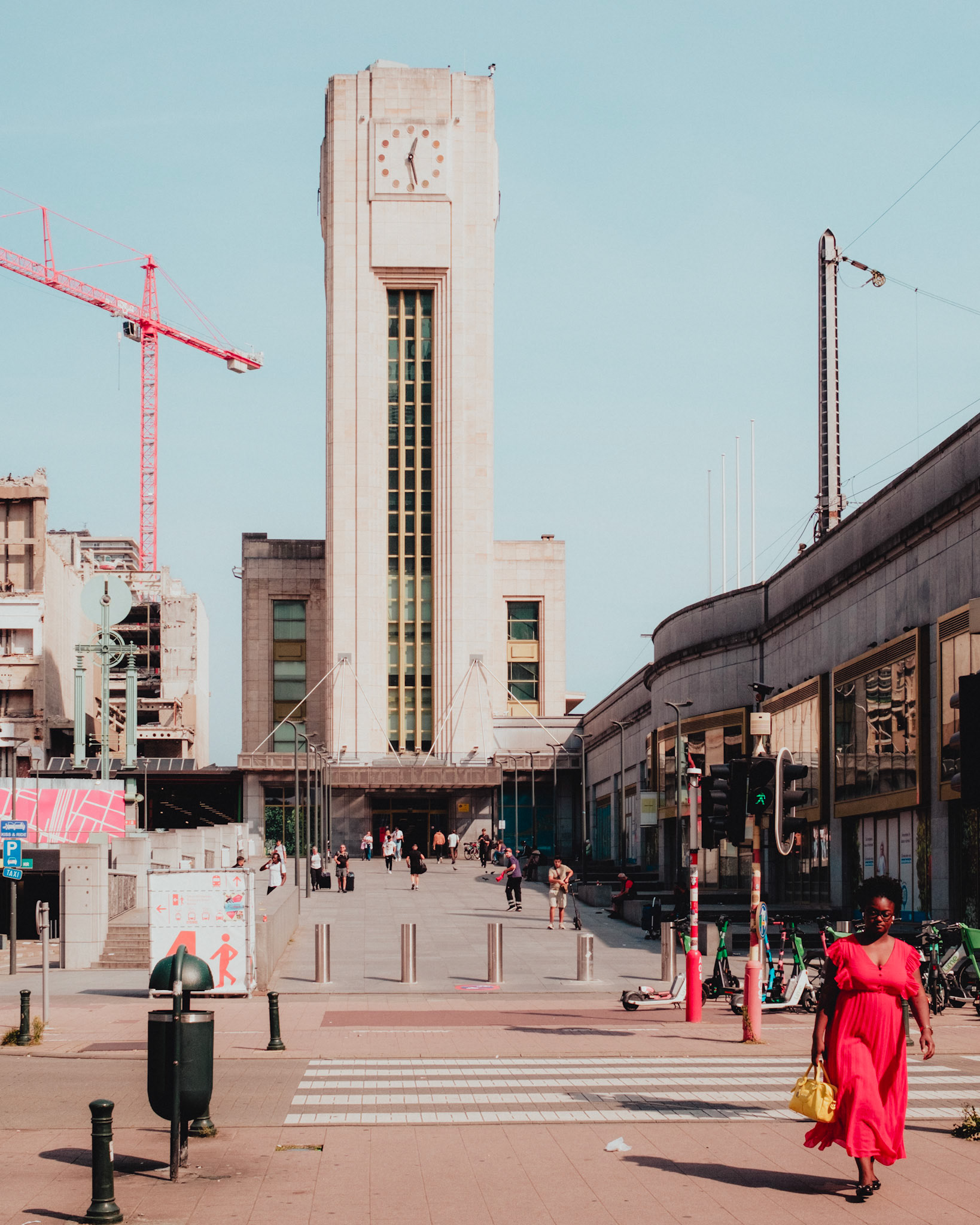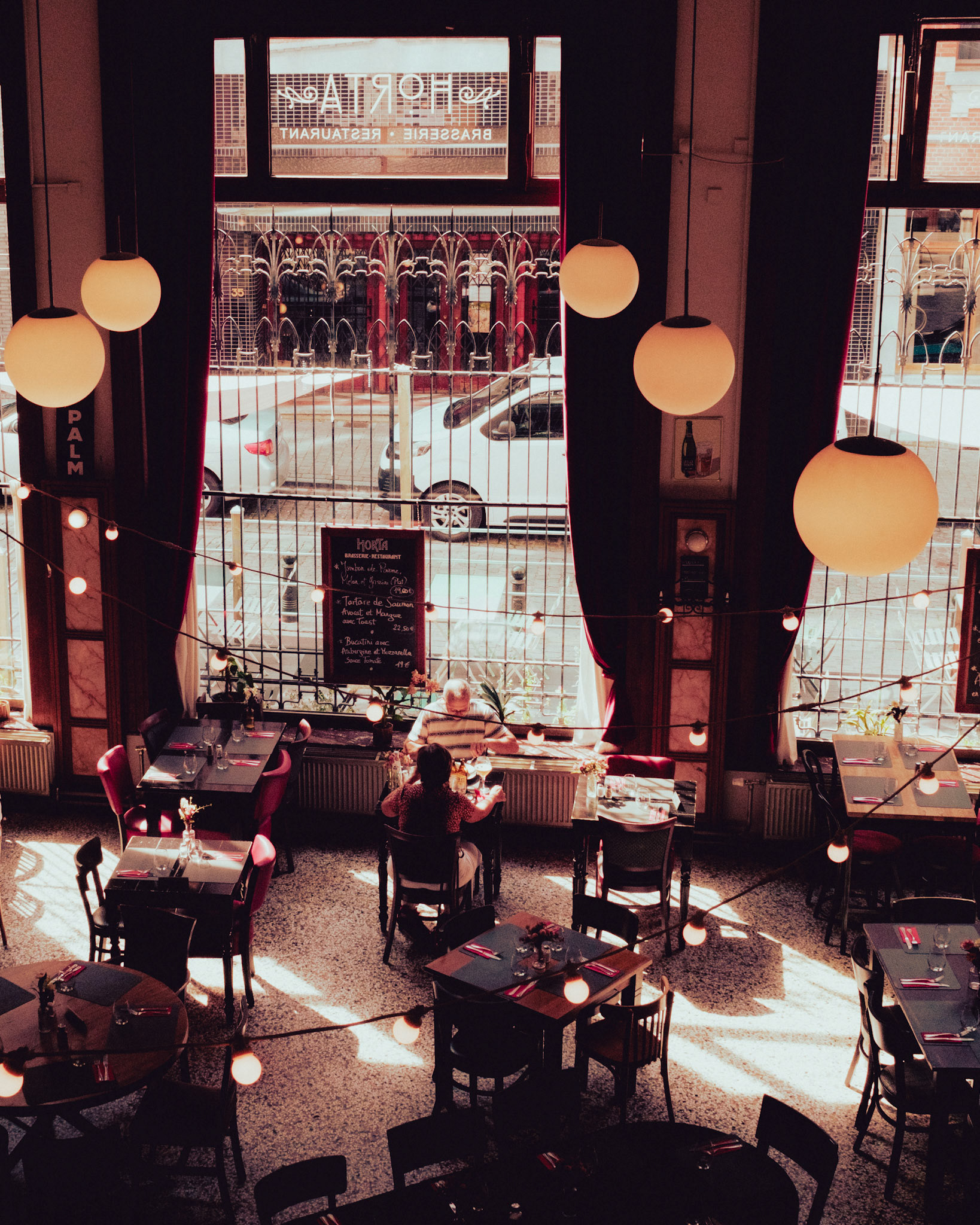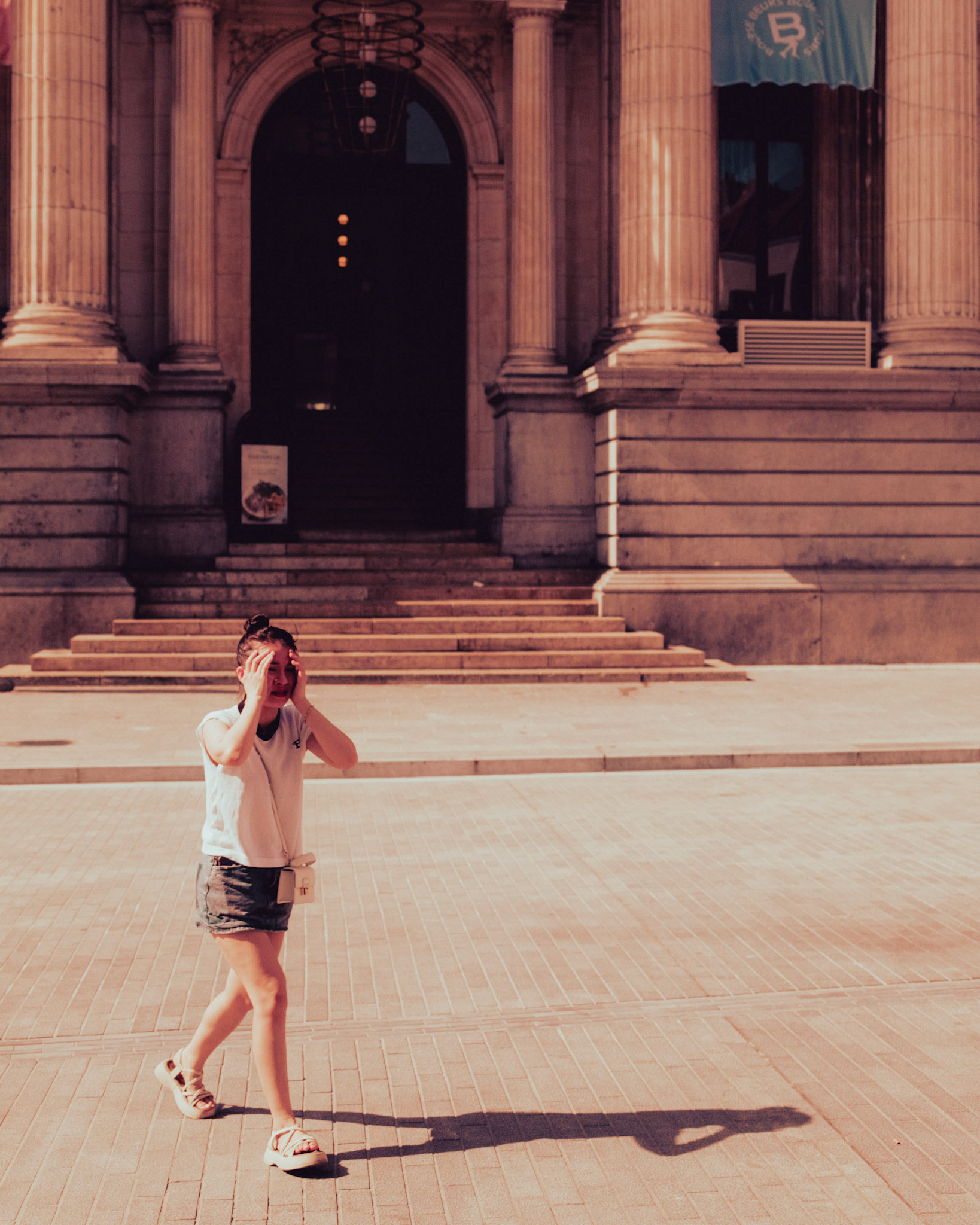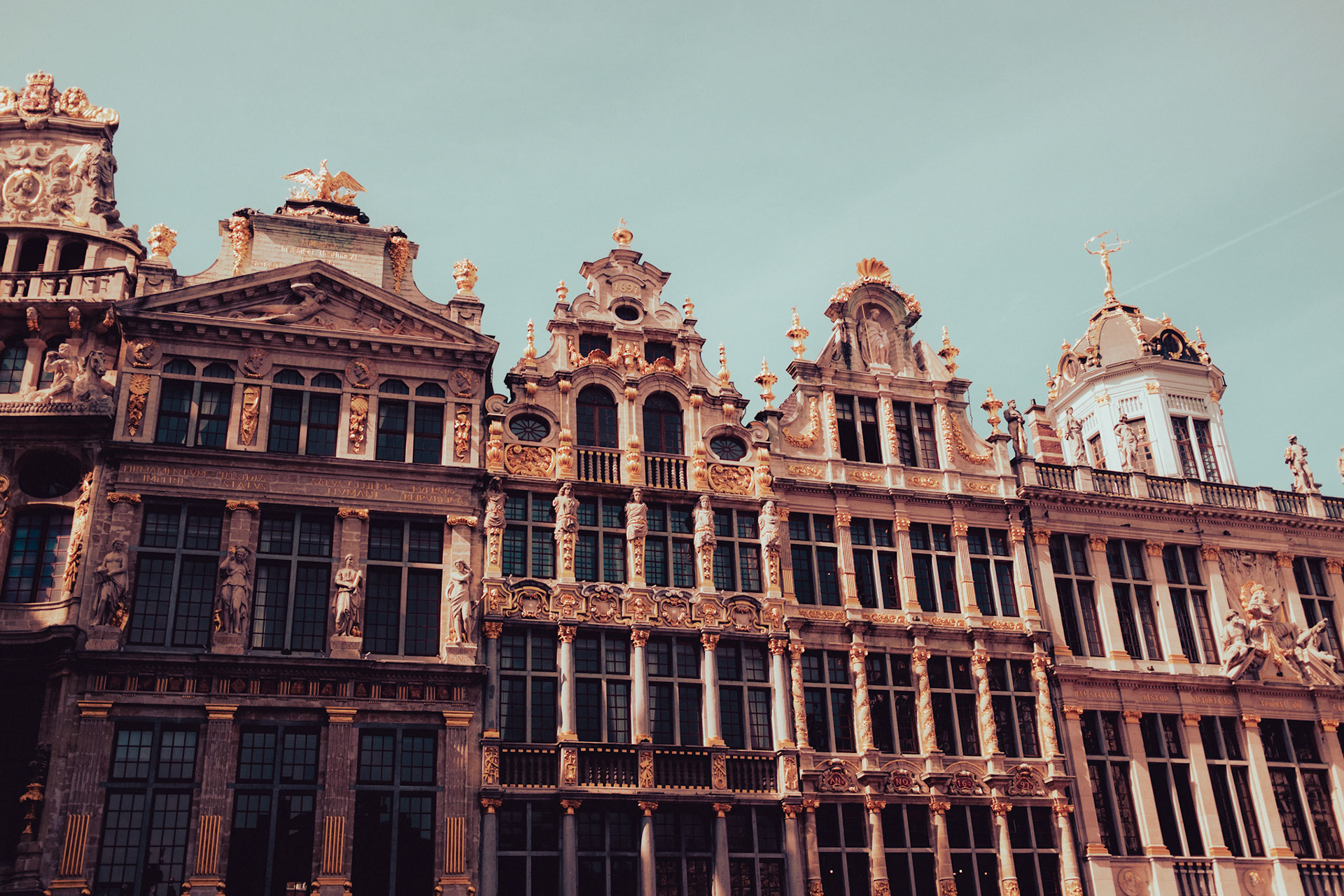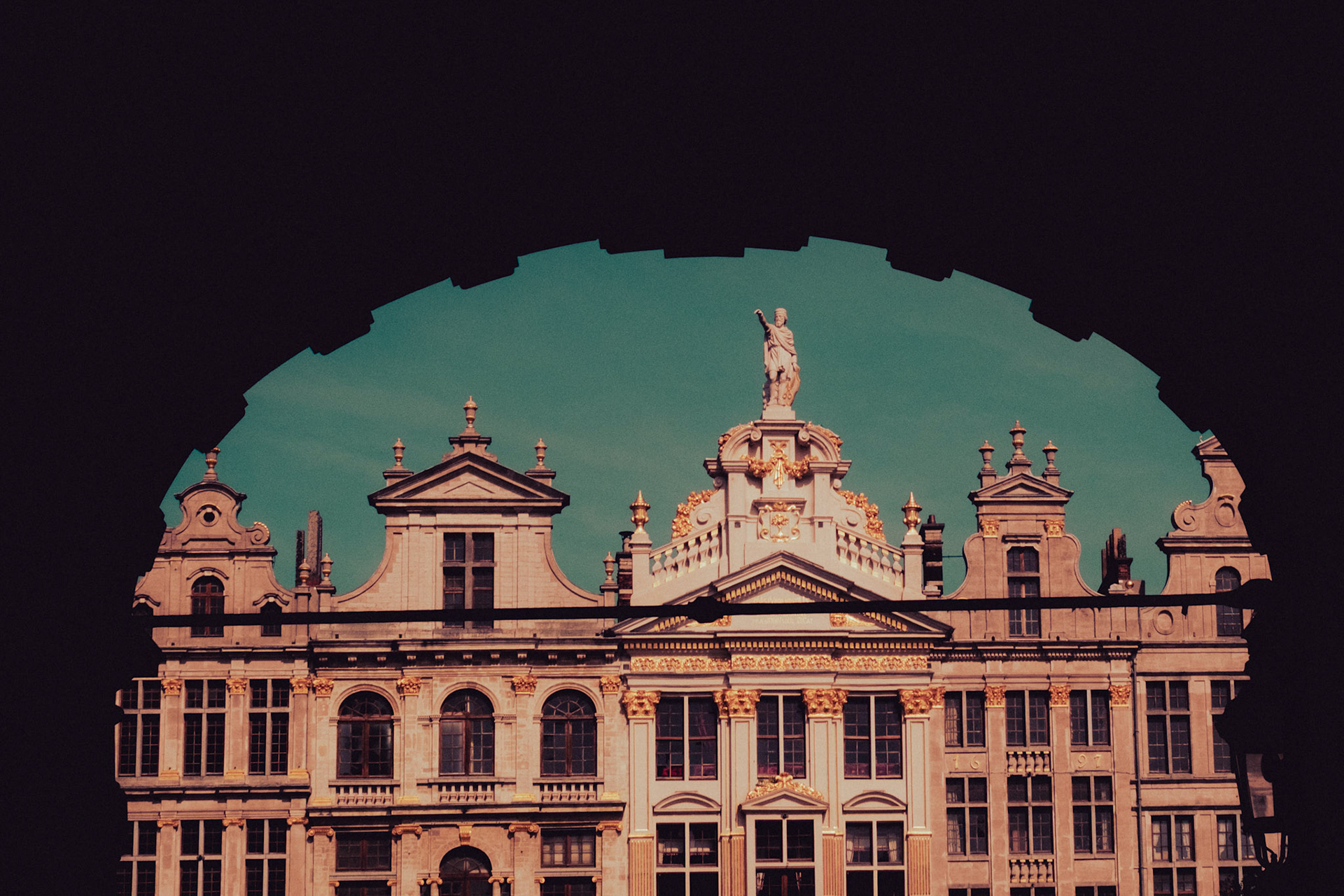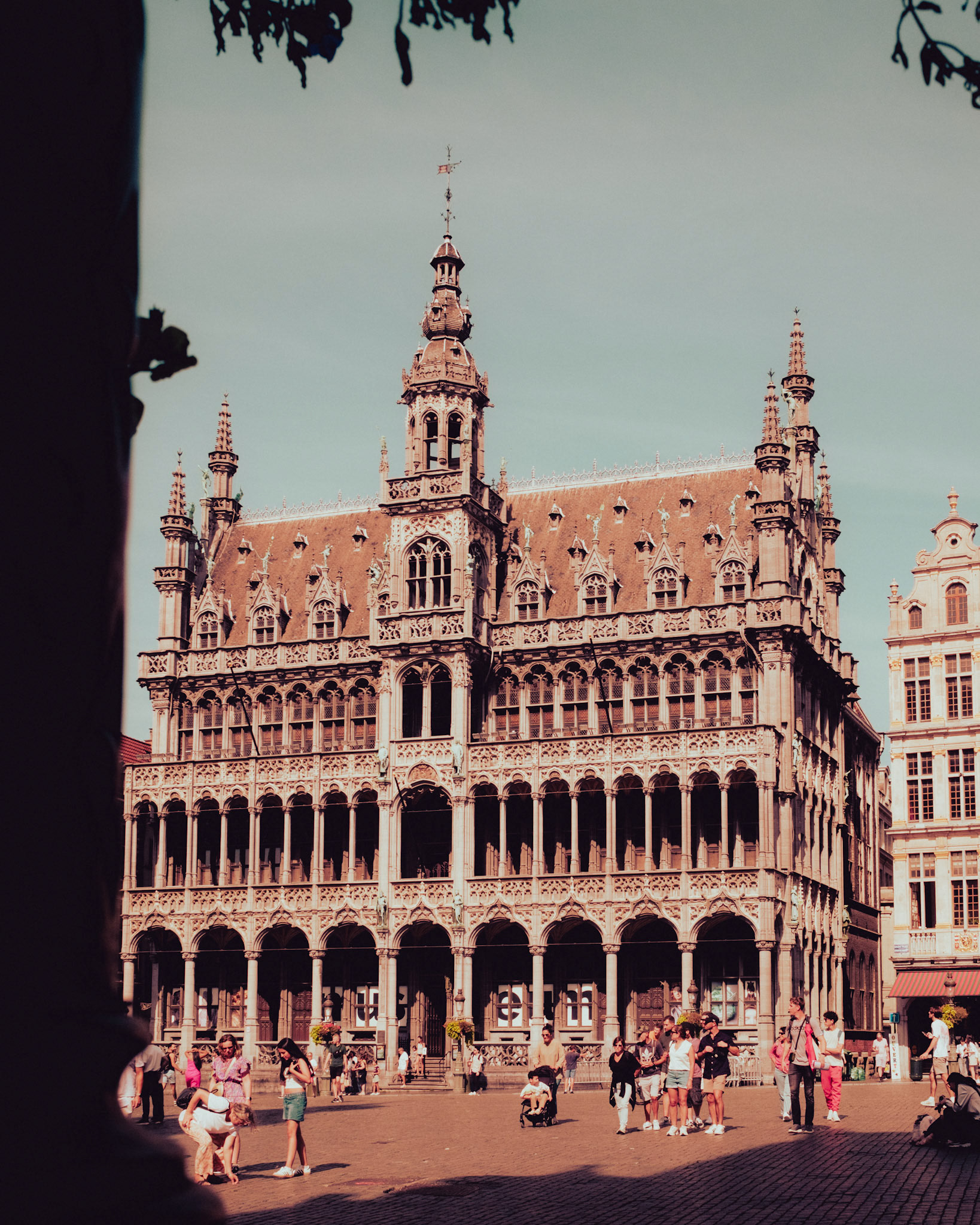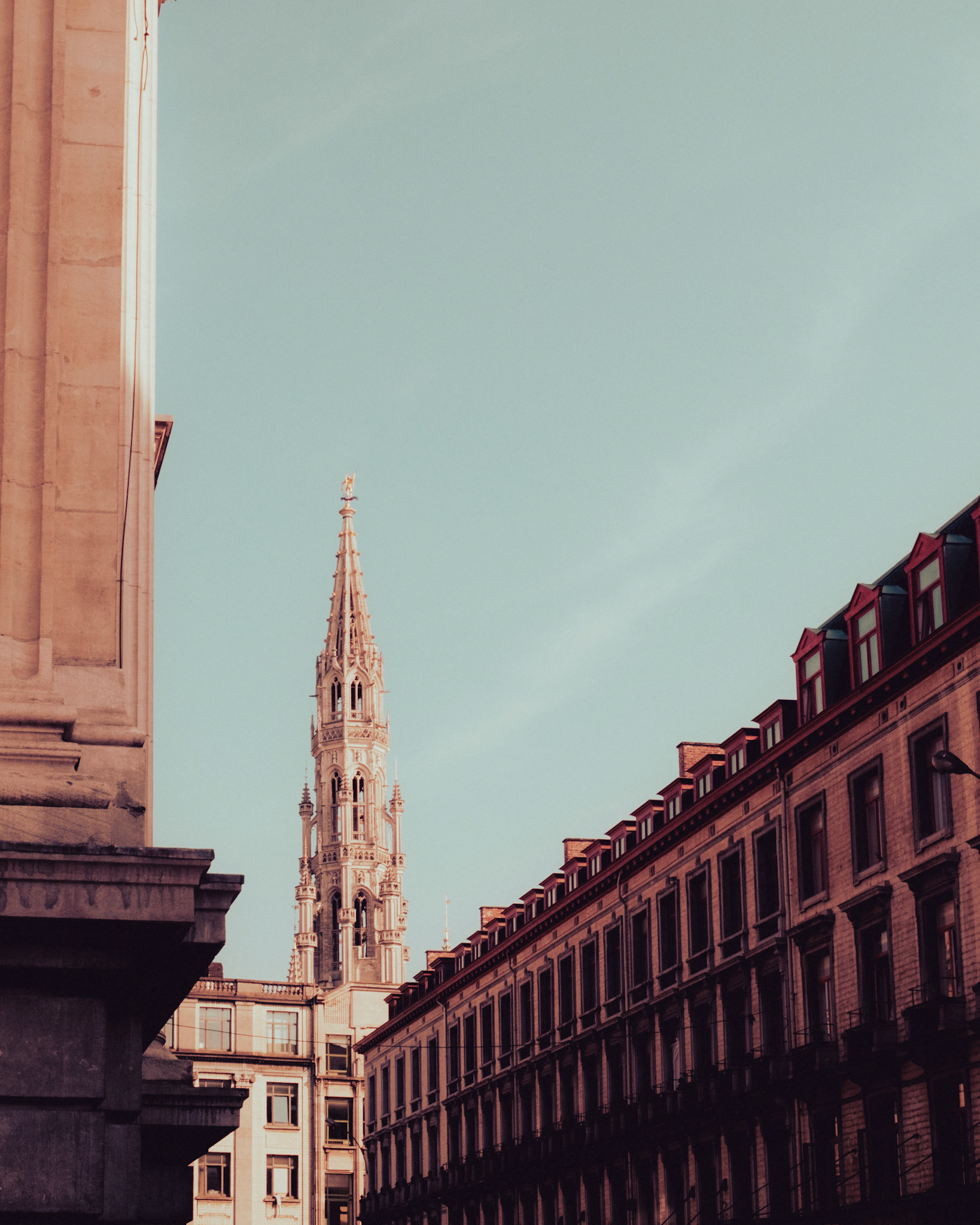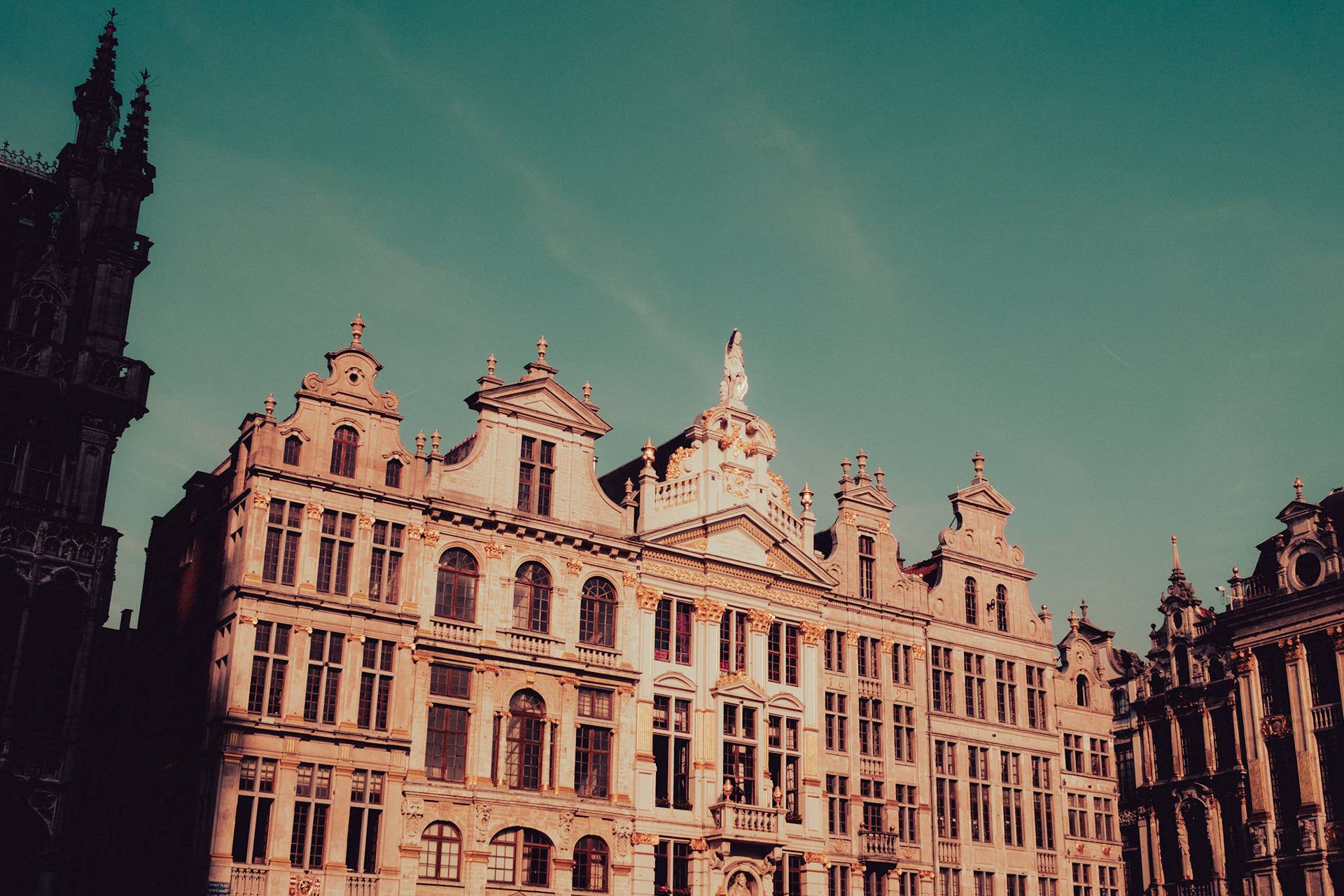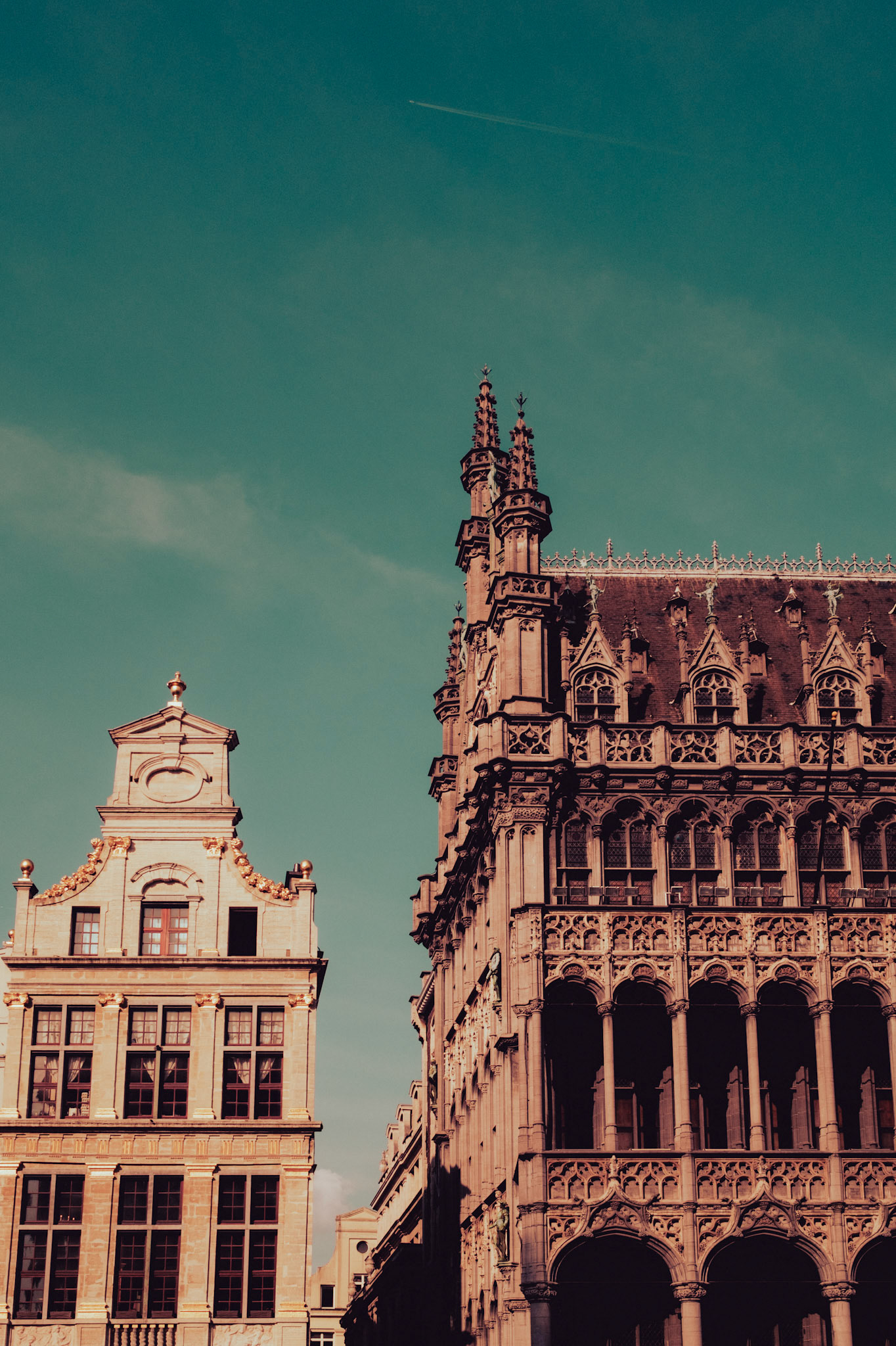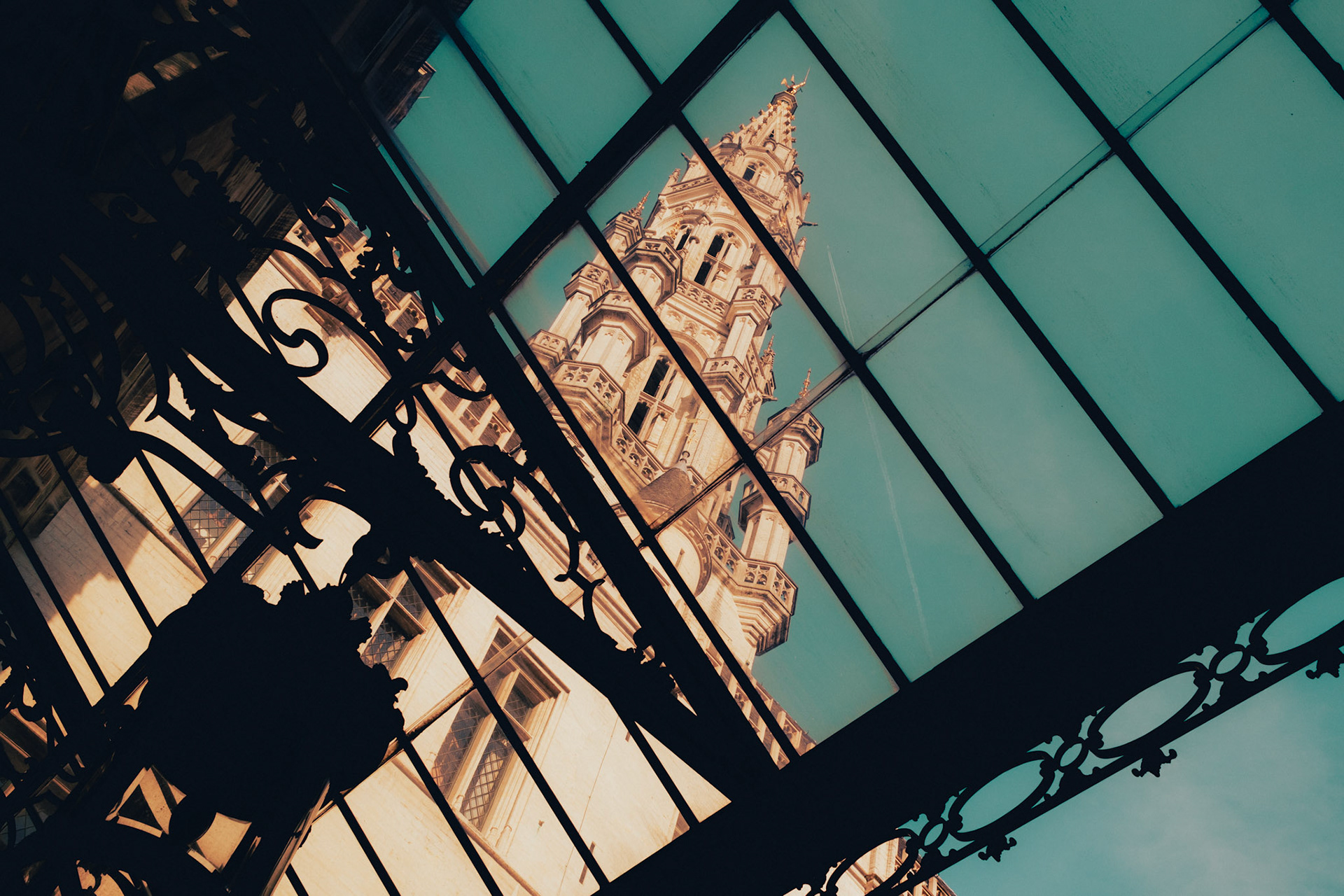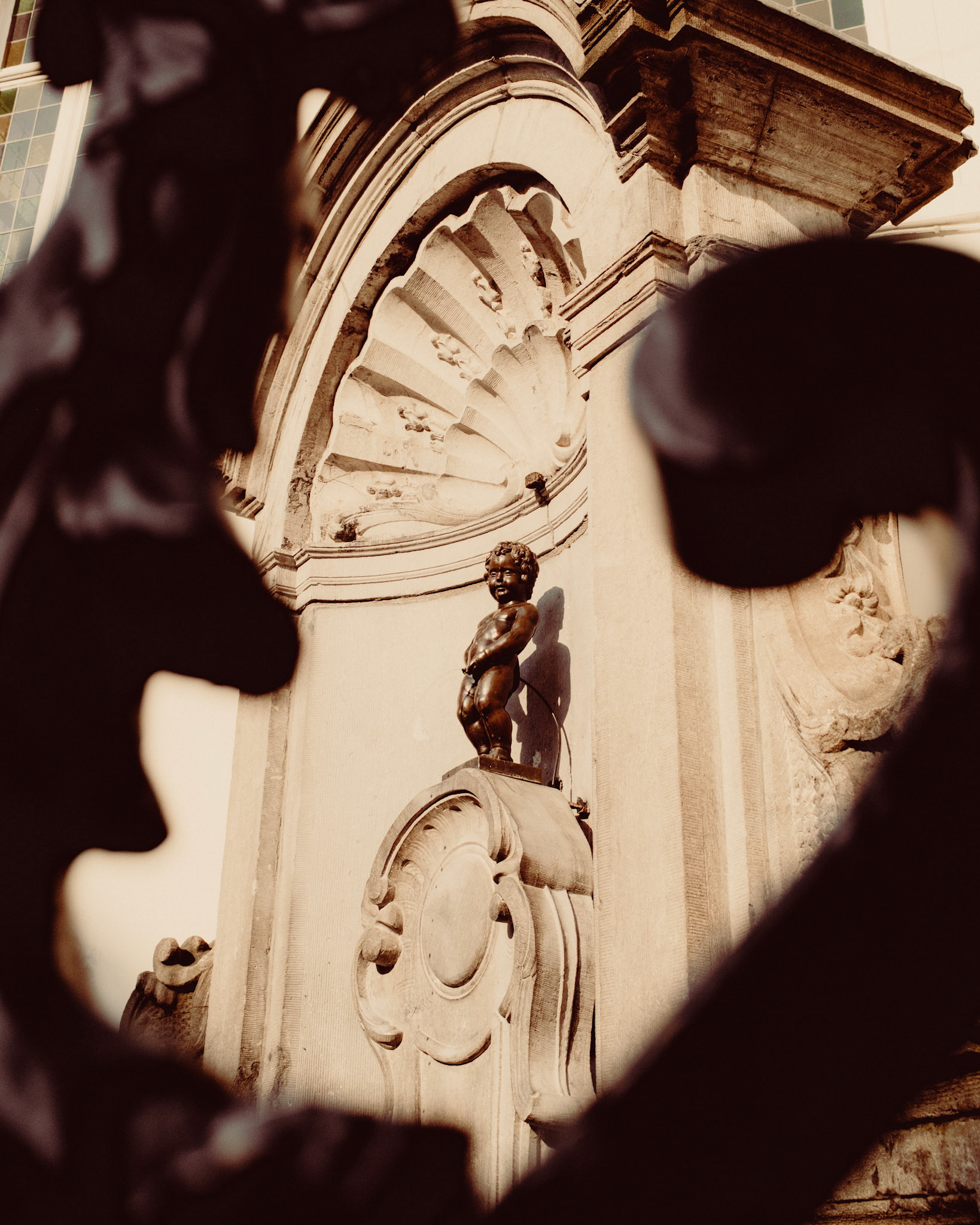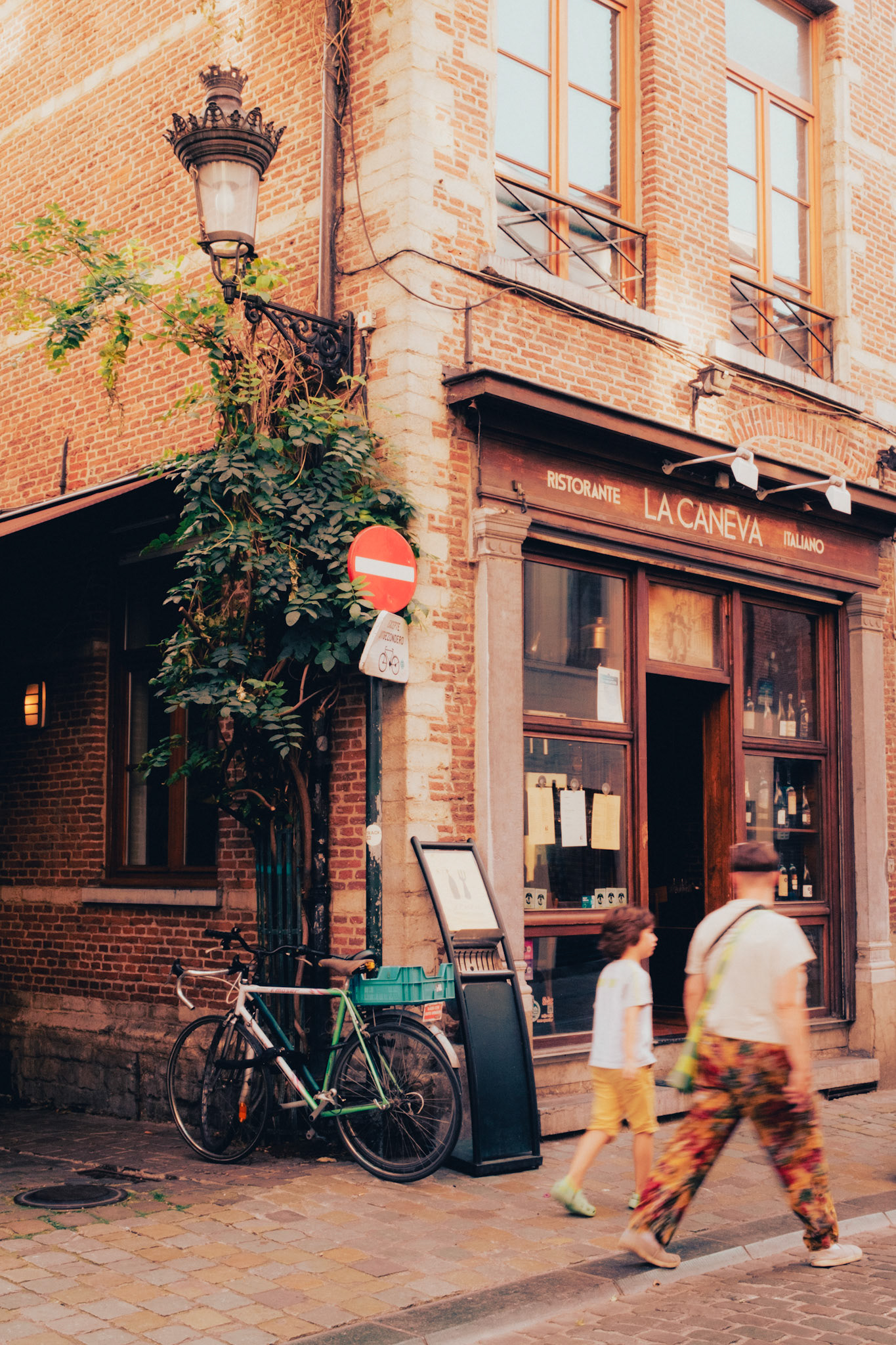Liège, a City Etched in Time
Liège was my first stop, the largest city in Wallonia. The moment I stepped off the train at Guillemins Station, I was struck by its vastness. The architecture is a bold mix of sharp modernity and the constant flow of people moving like waves through its intricately patterned spaces. It feels alive, but not rushed.
The city itself tells a different story, one grounded in its past. You can still see the grime of industry on buildings, soot-streaked stones holding onto history, refusing to be polished away.
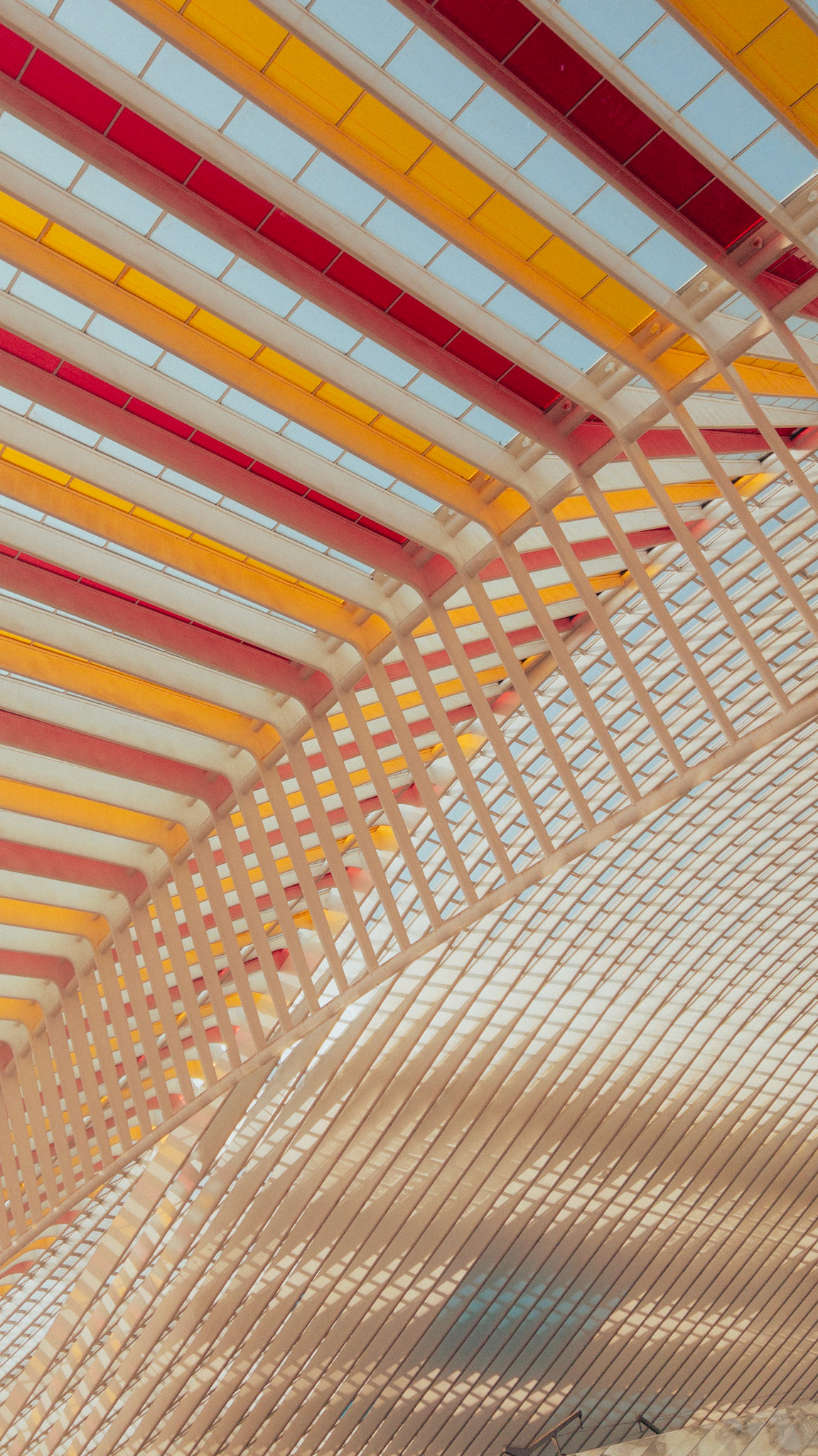
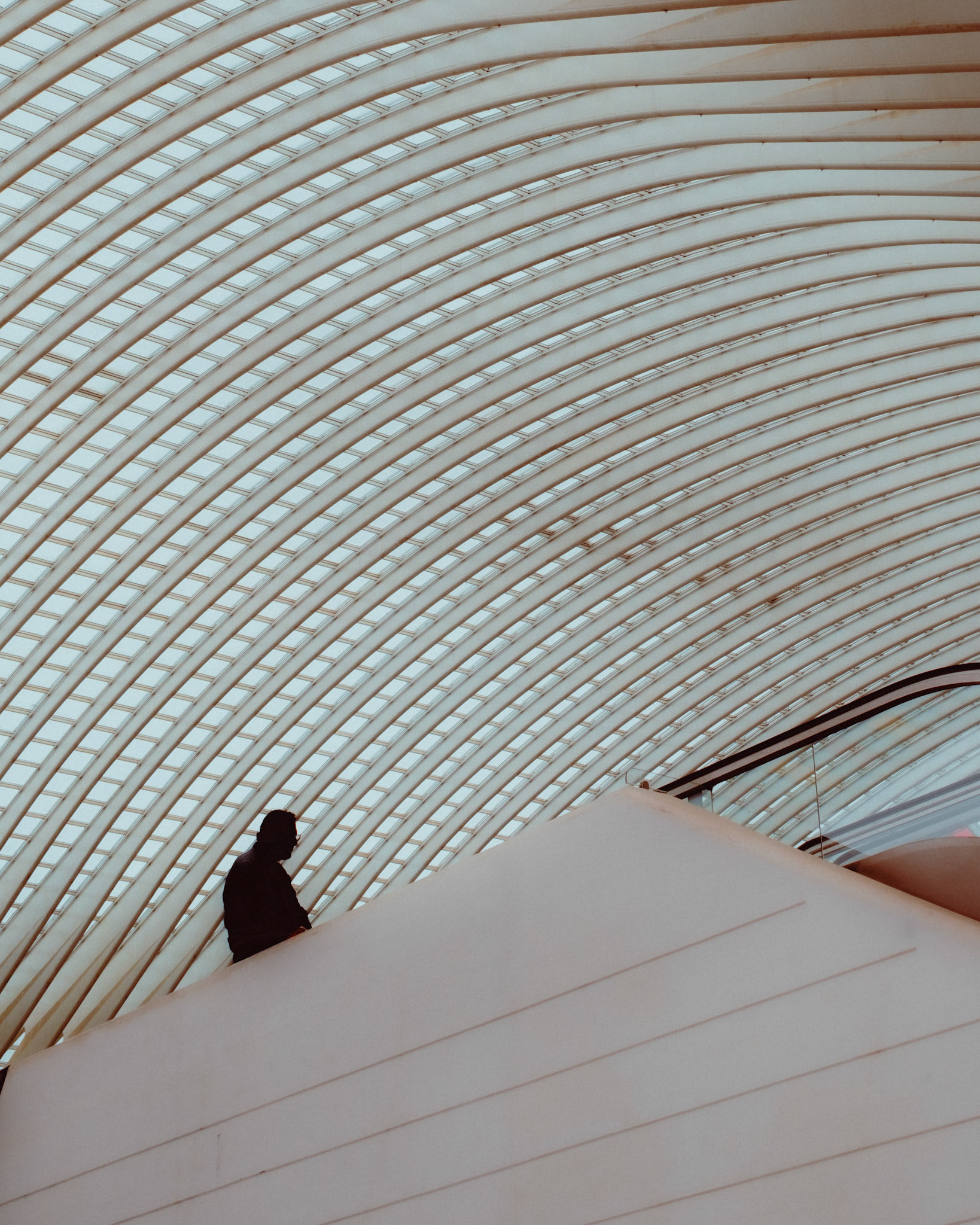
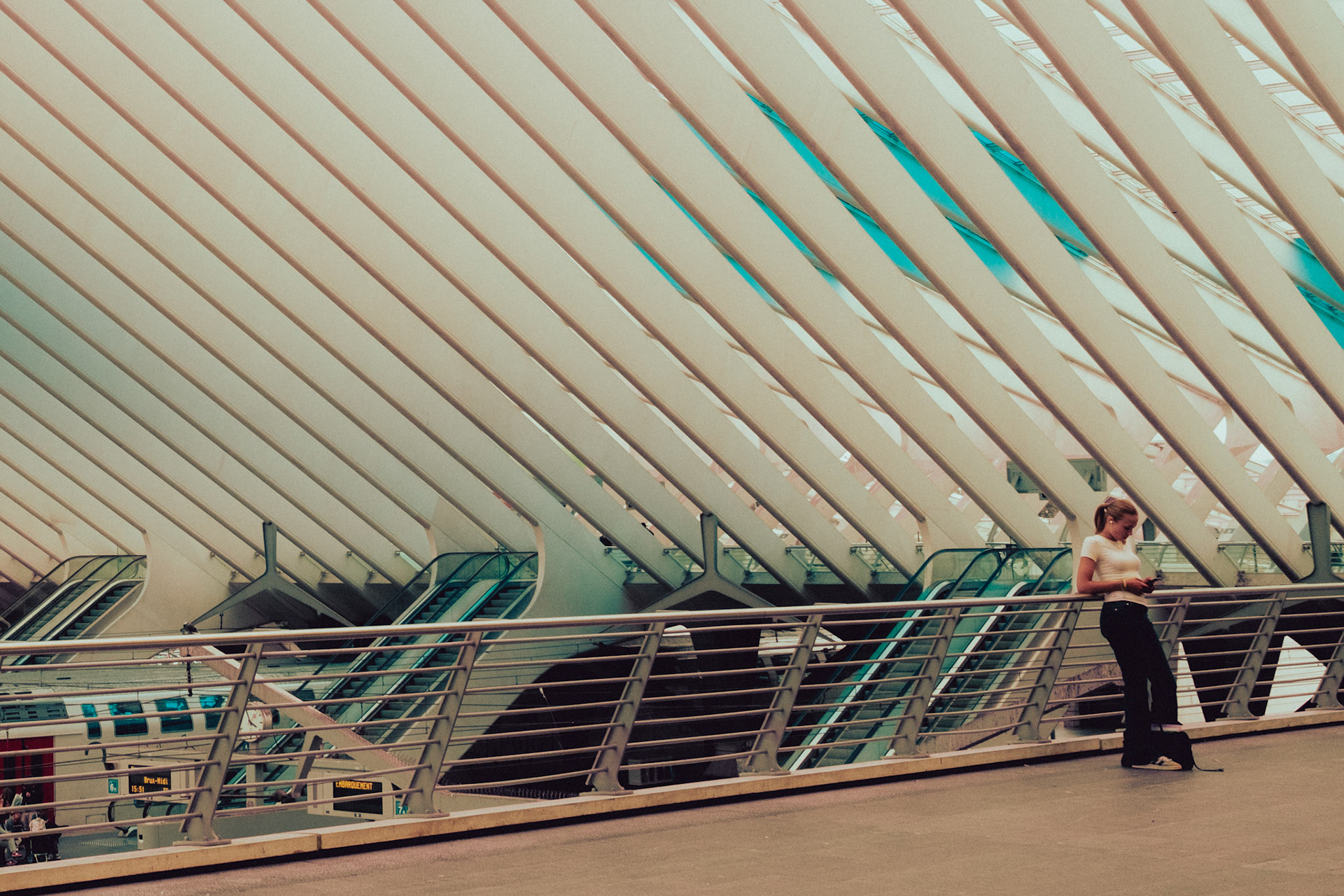

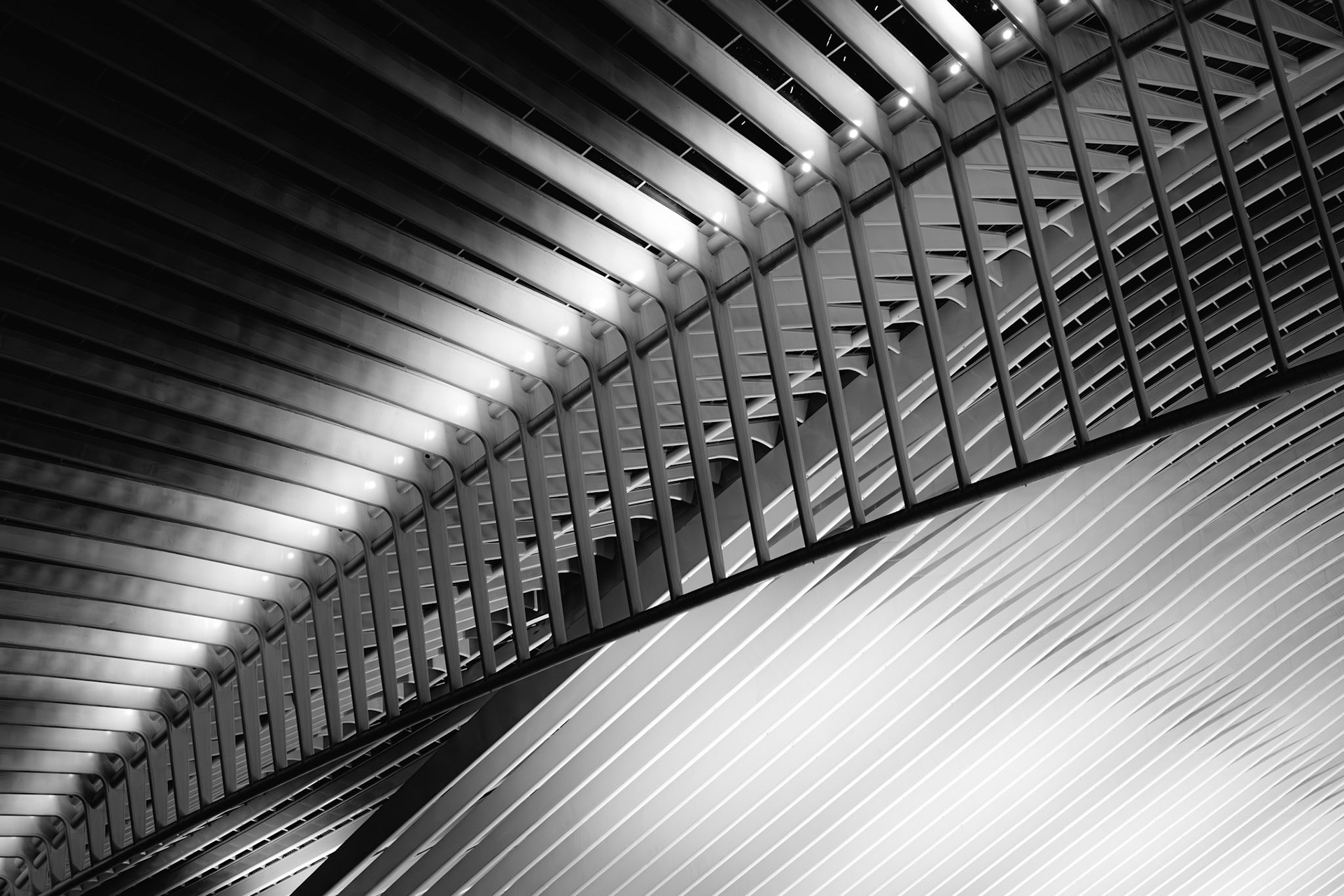
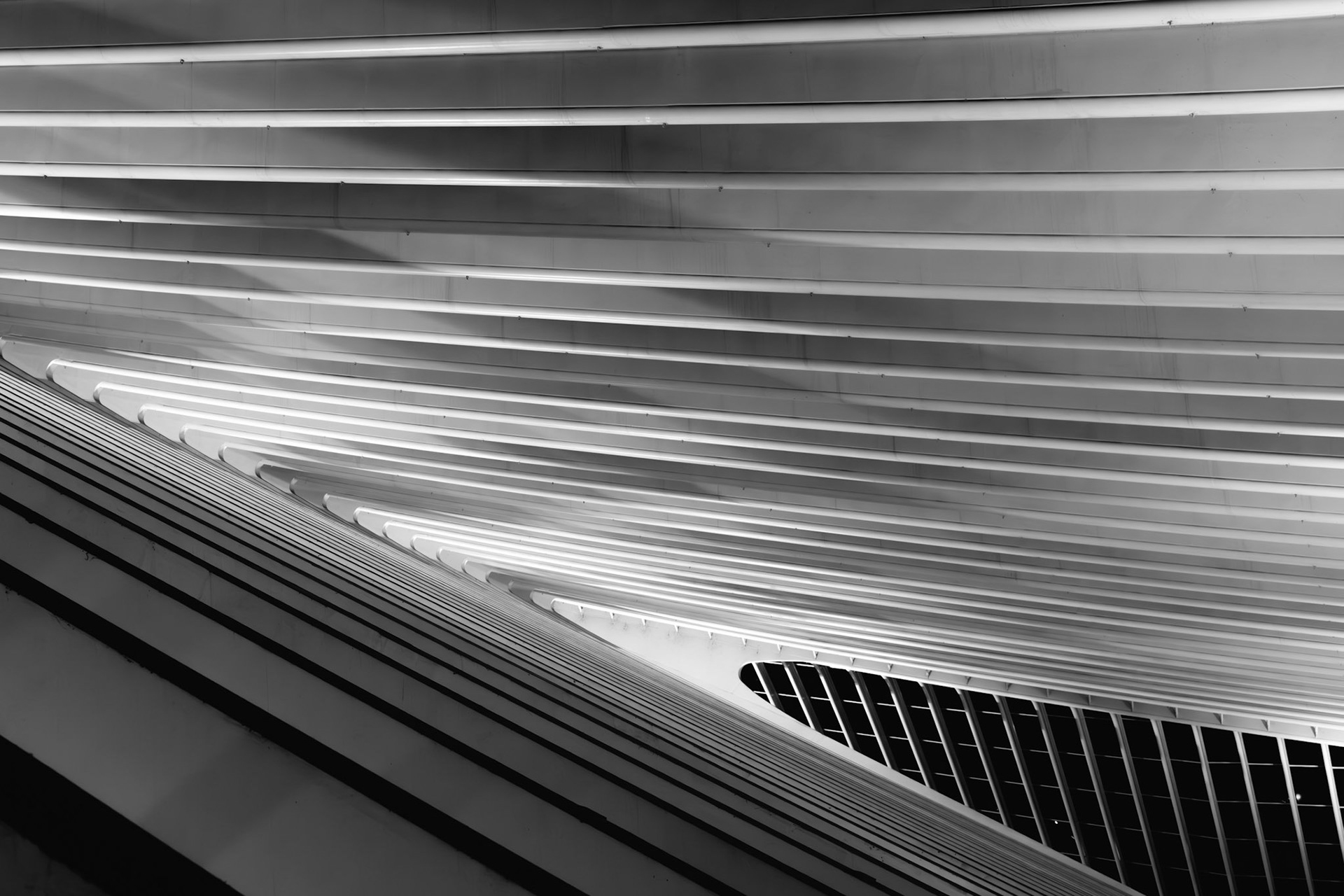
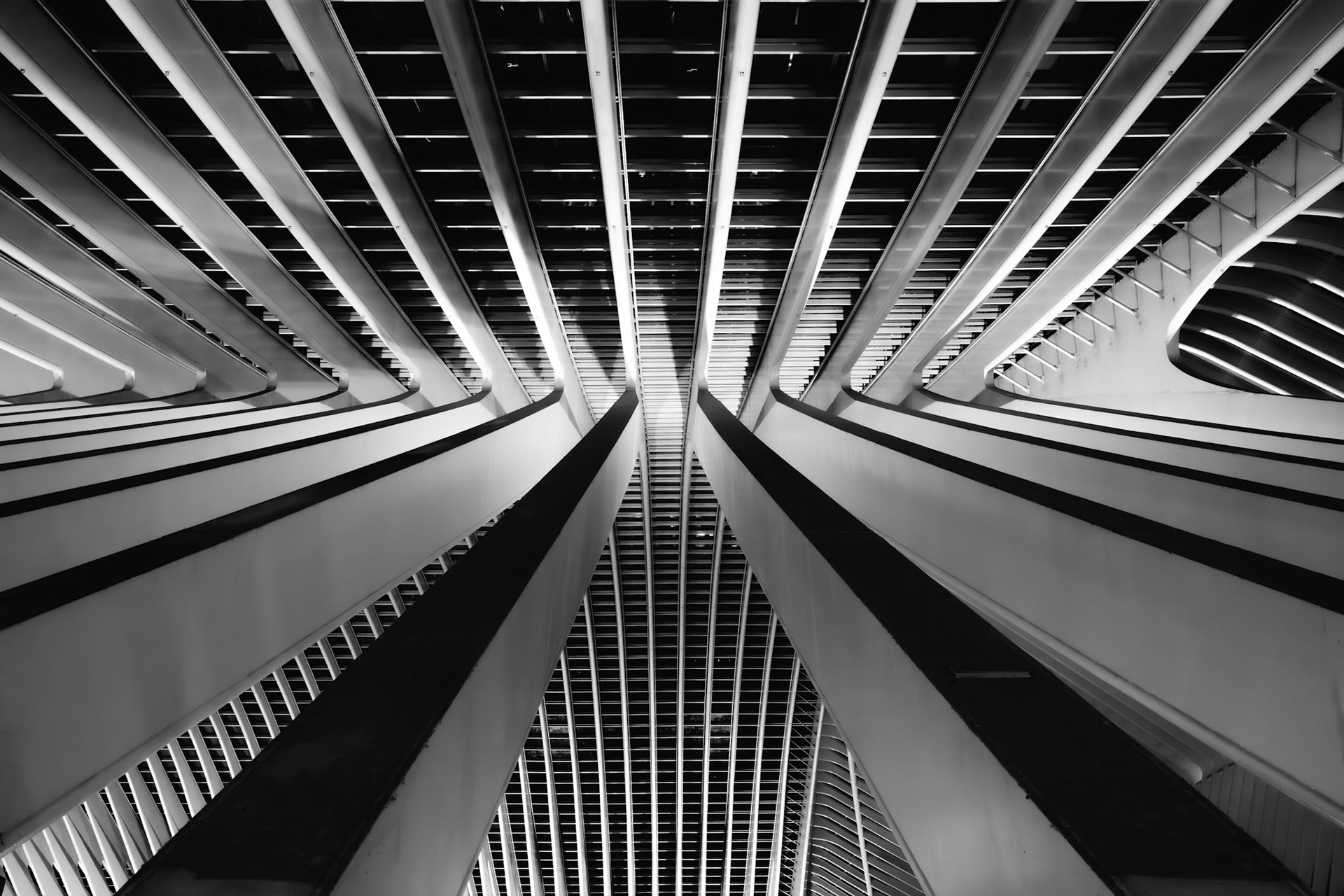
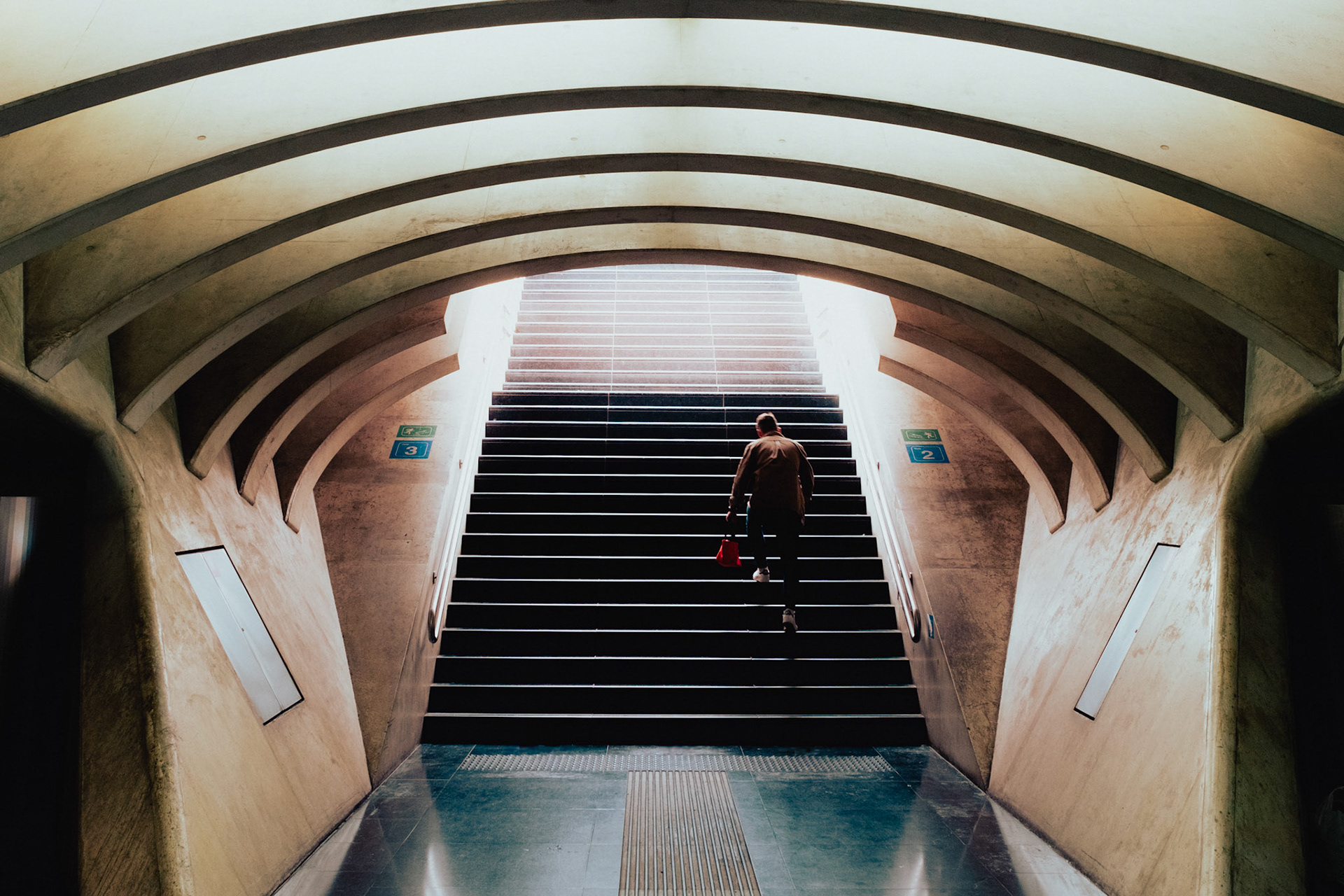
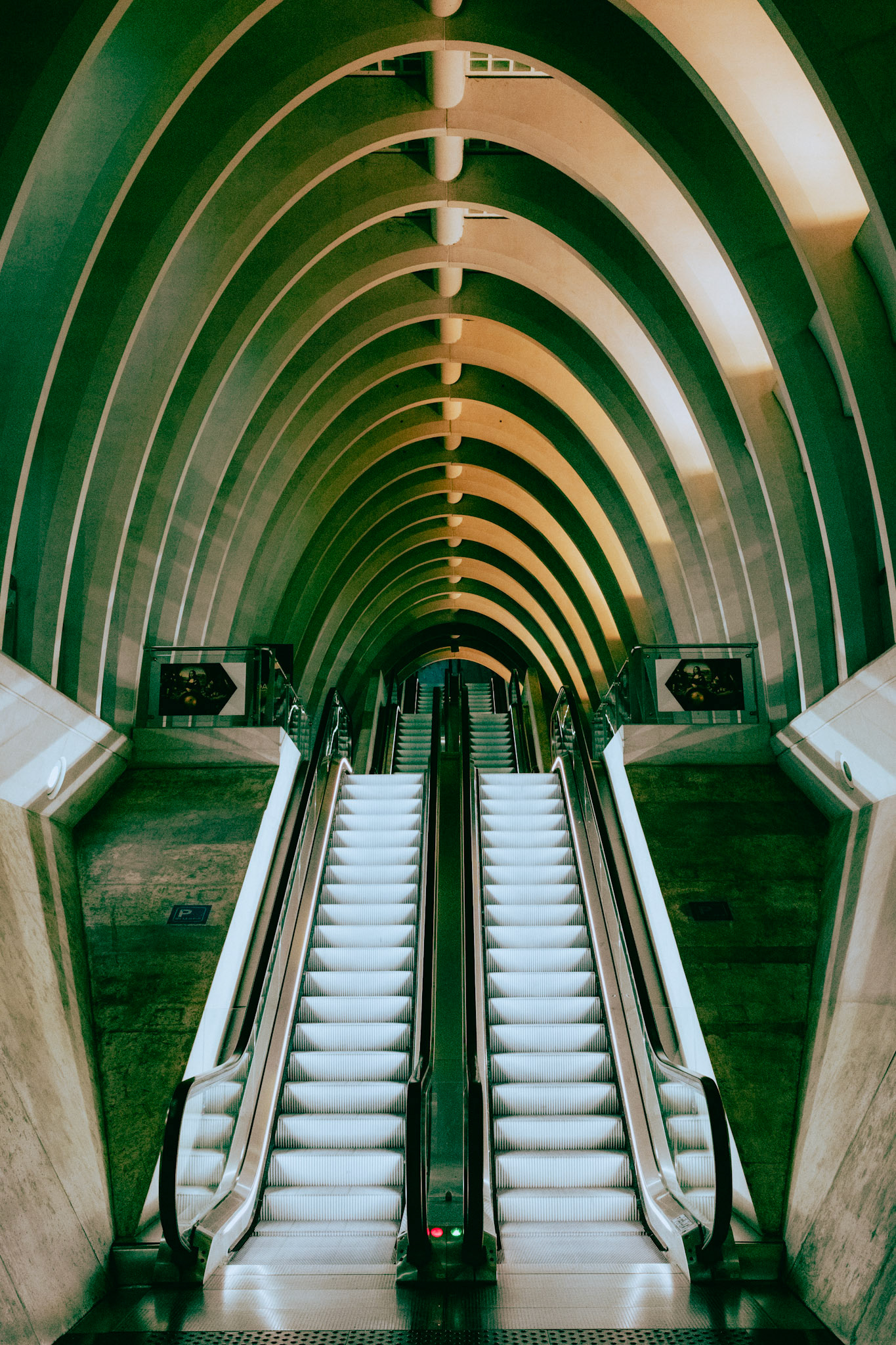
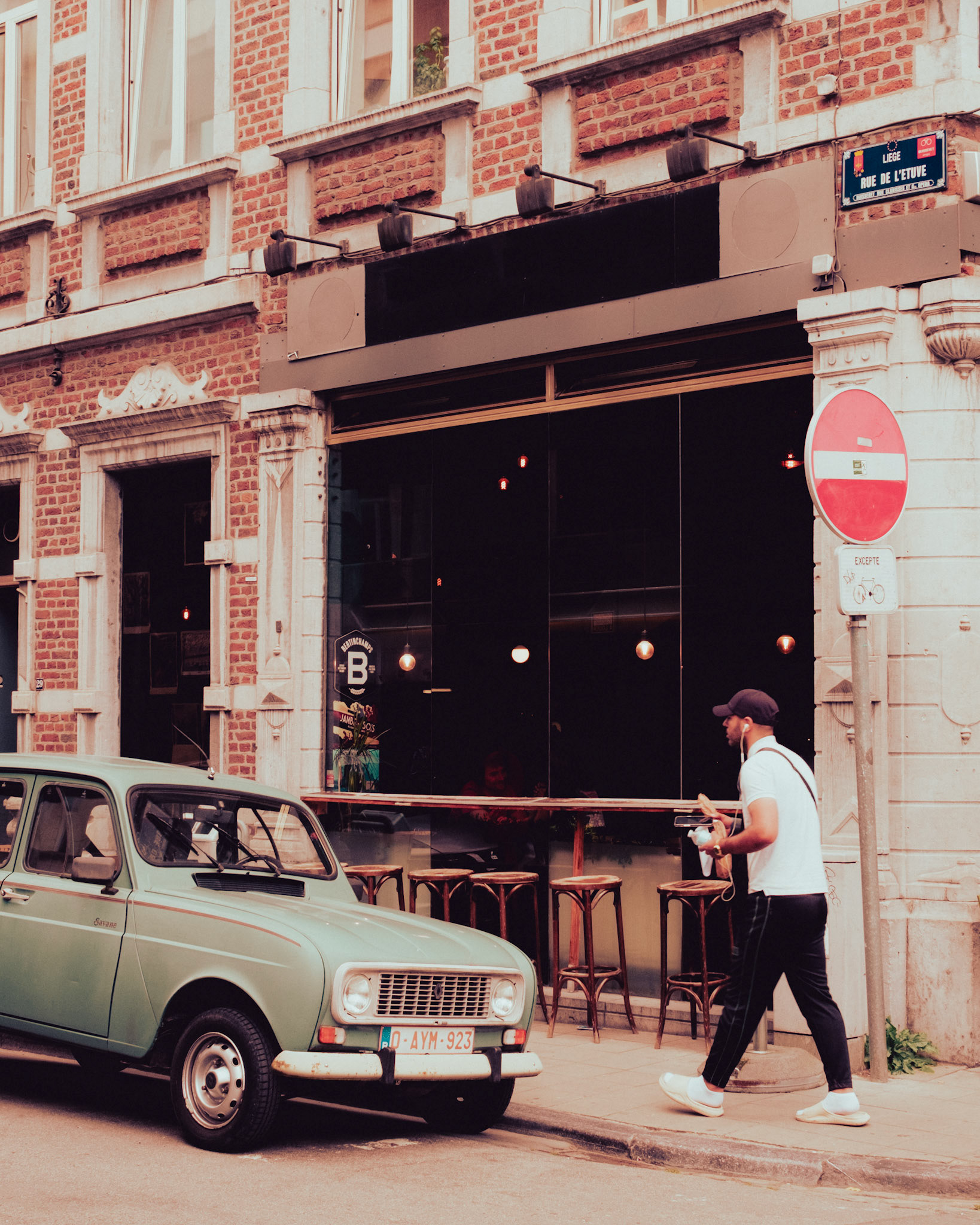
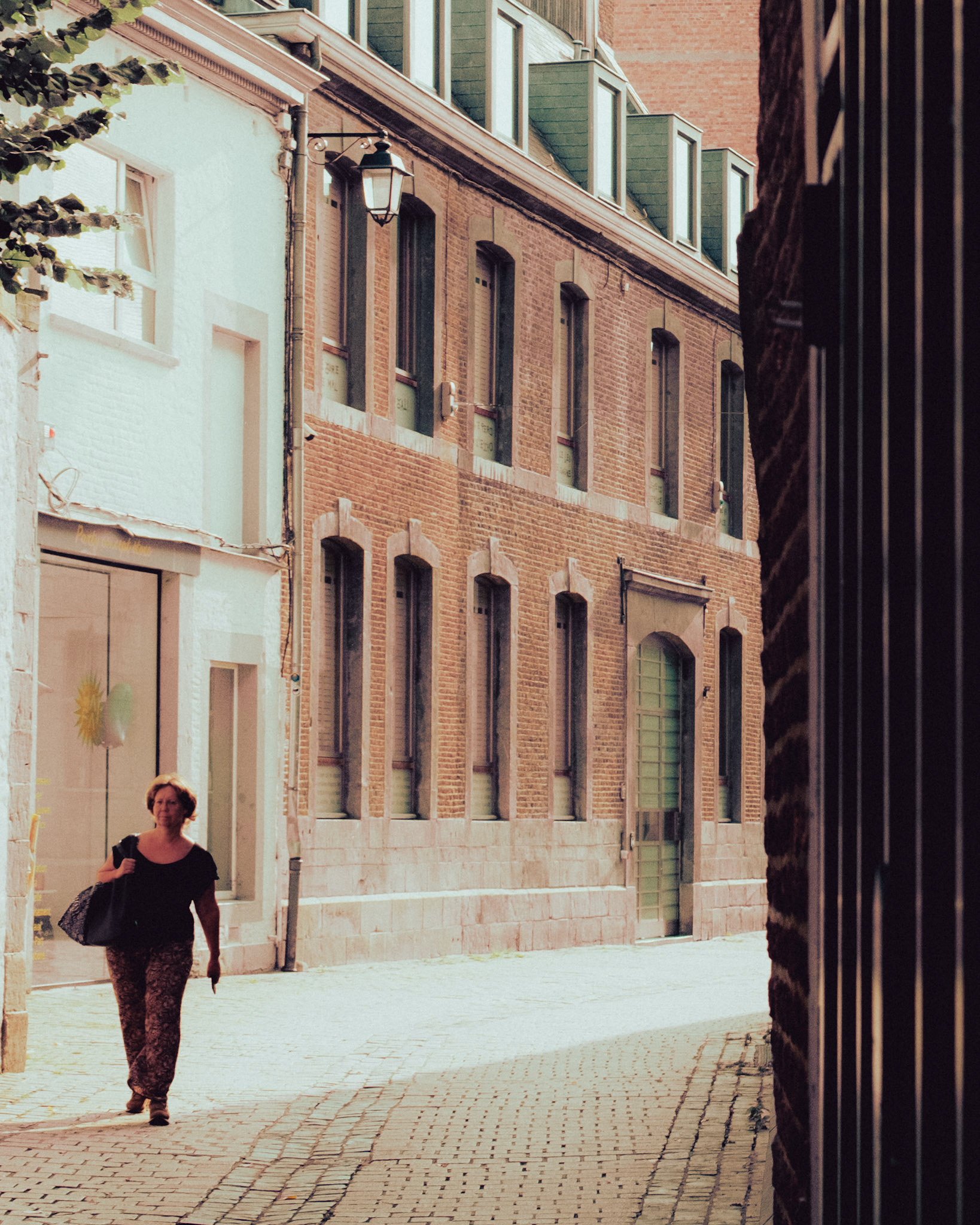
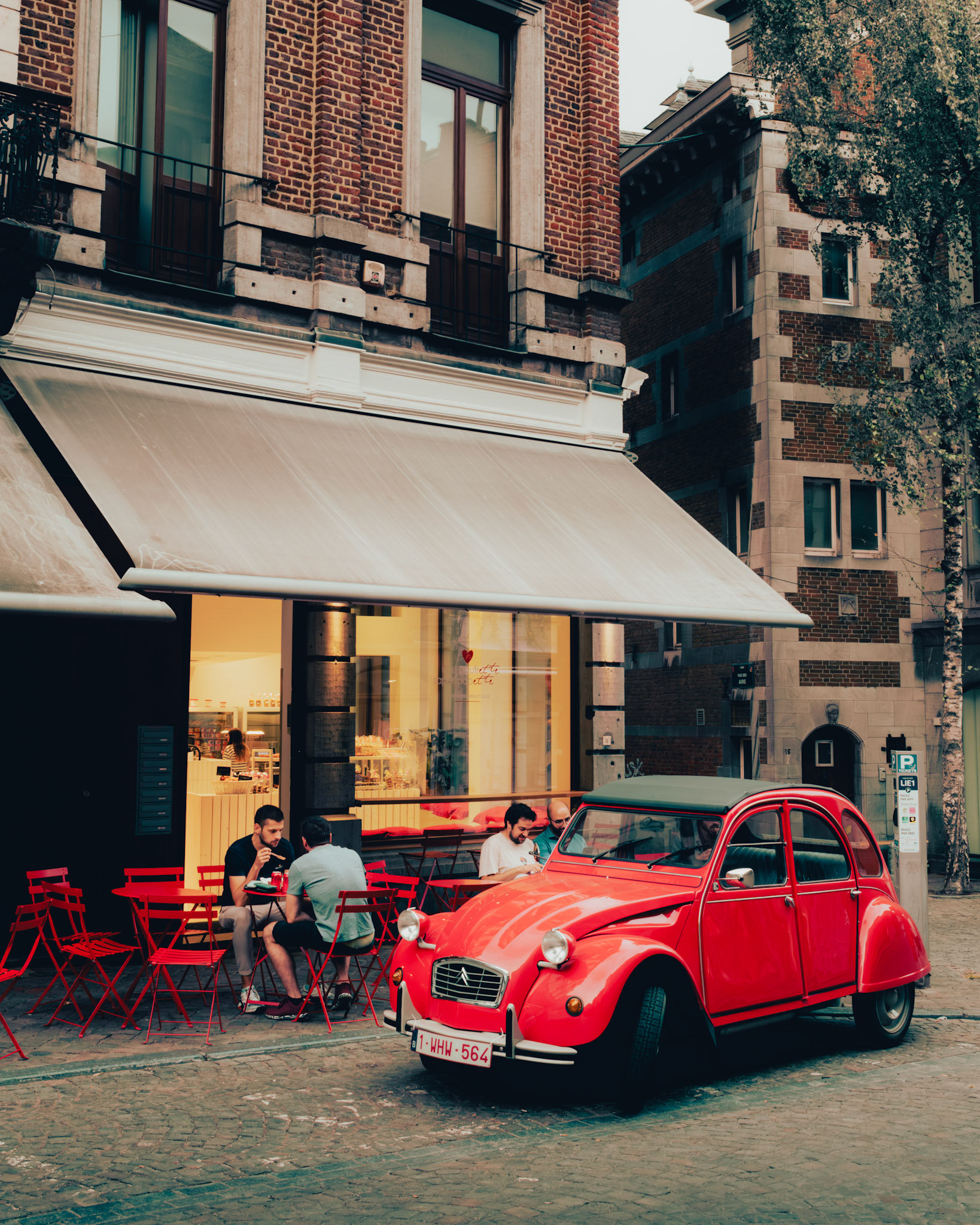
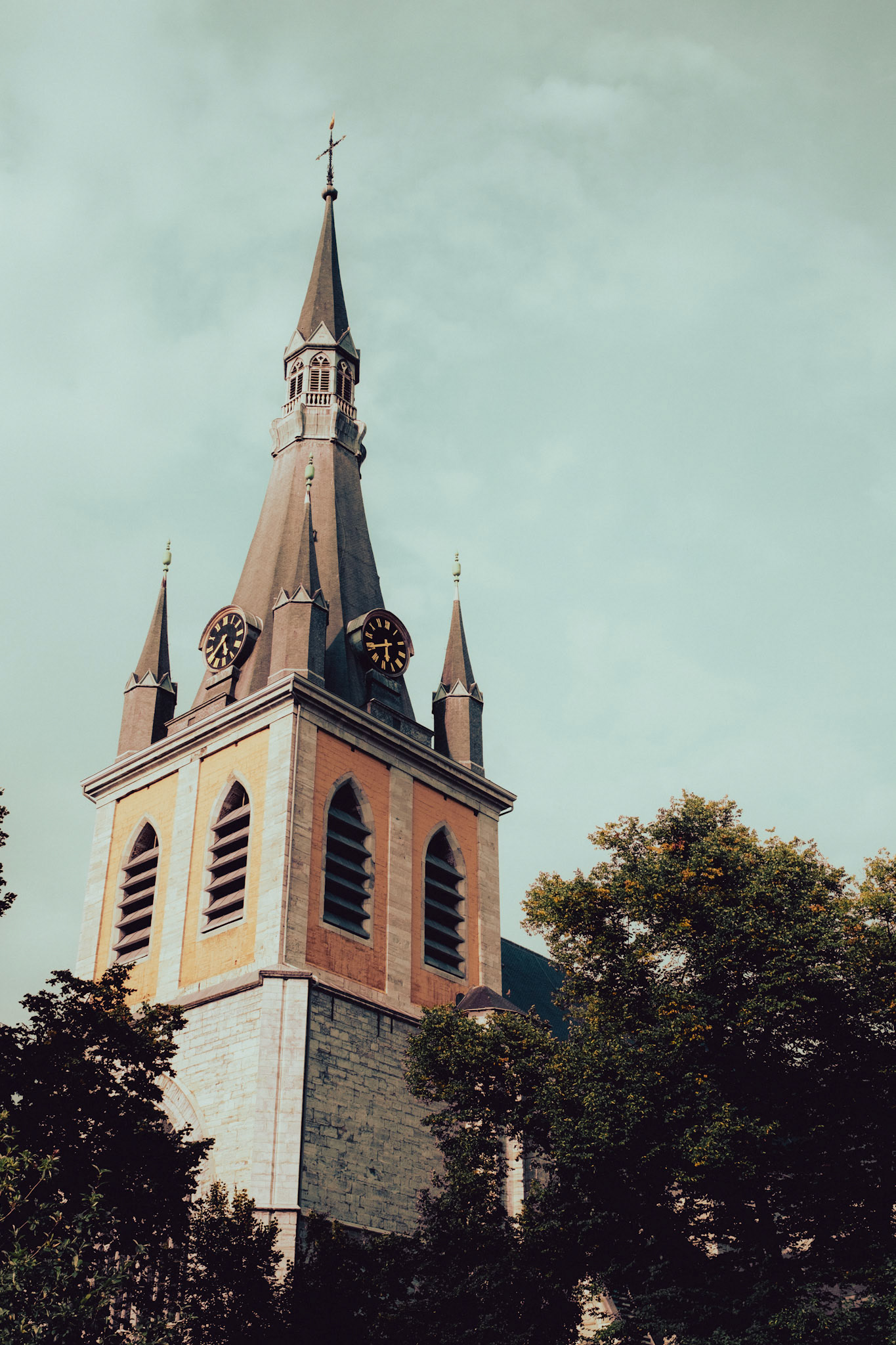
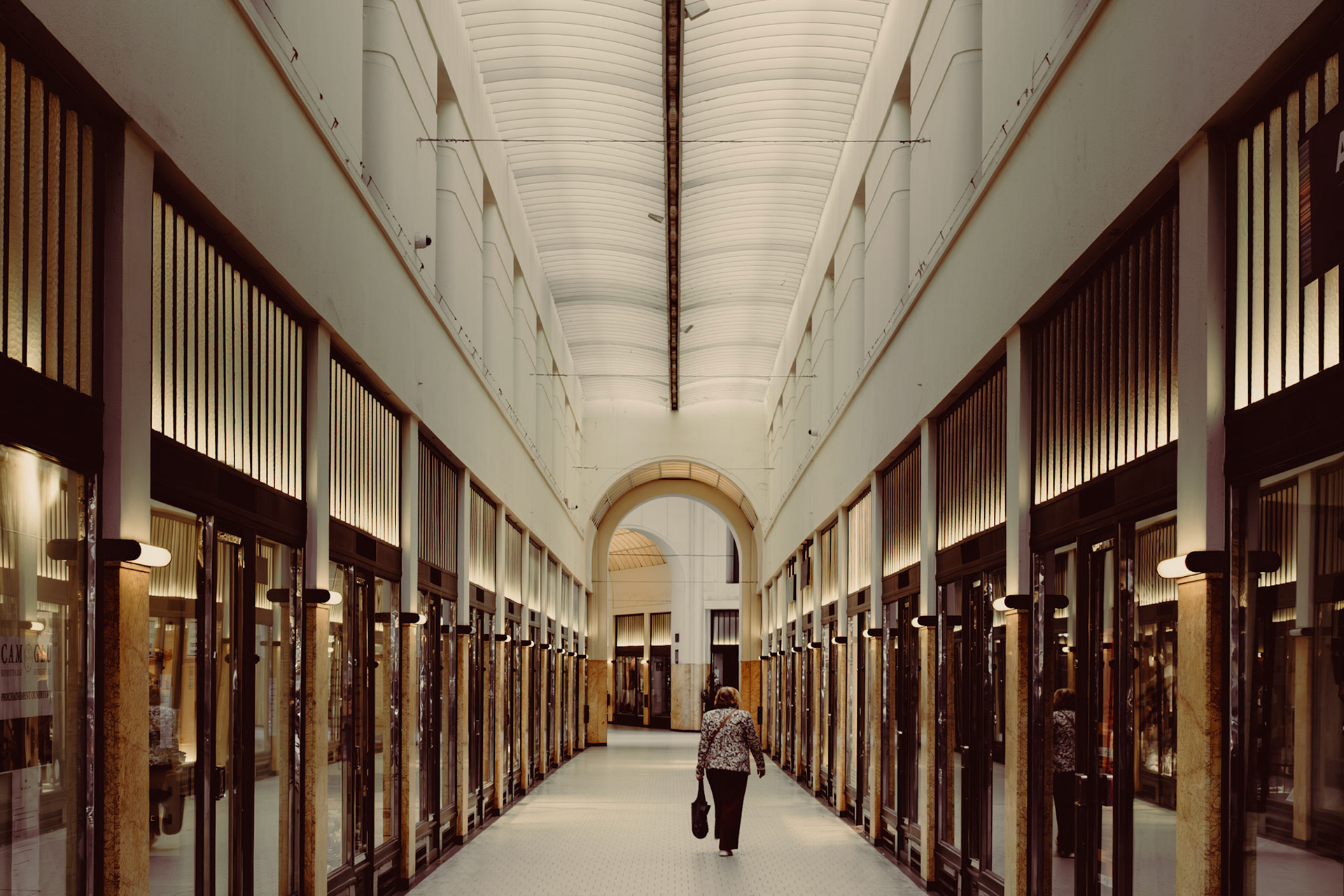
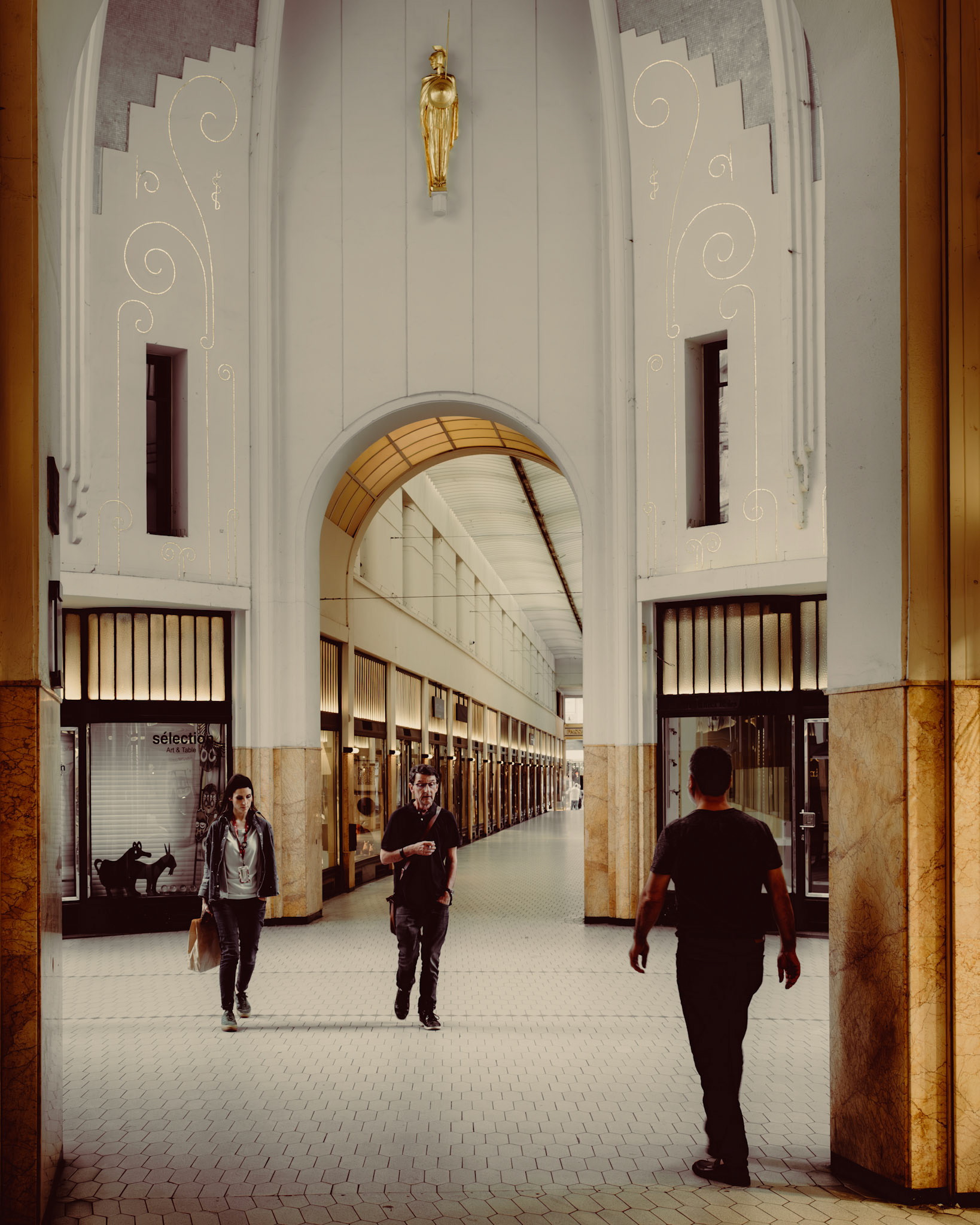
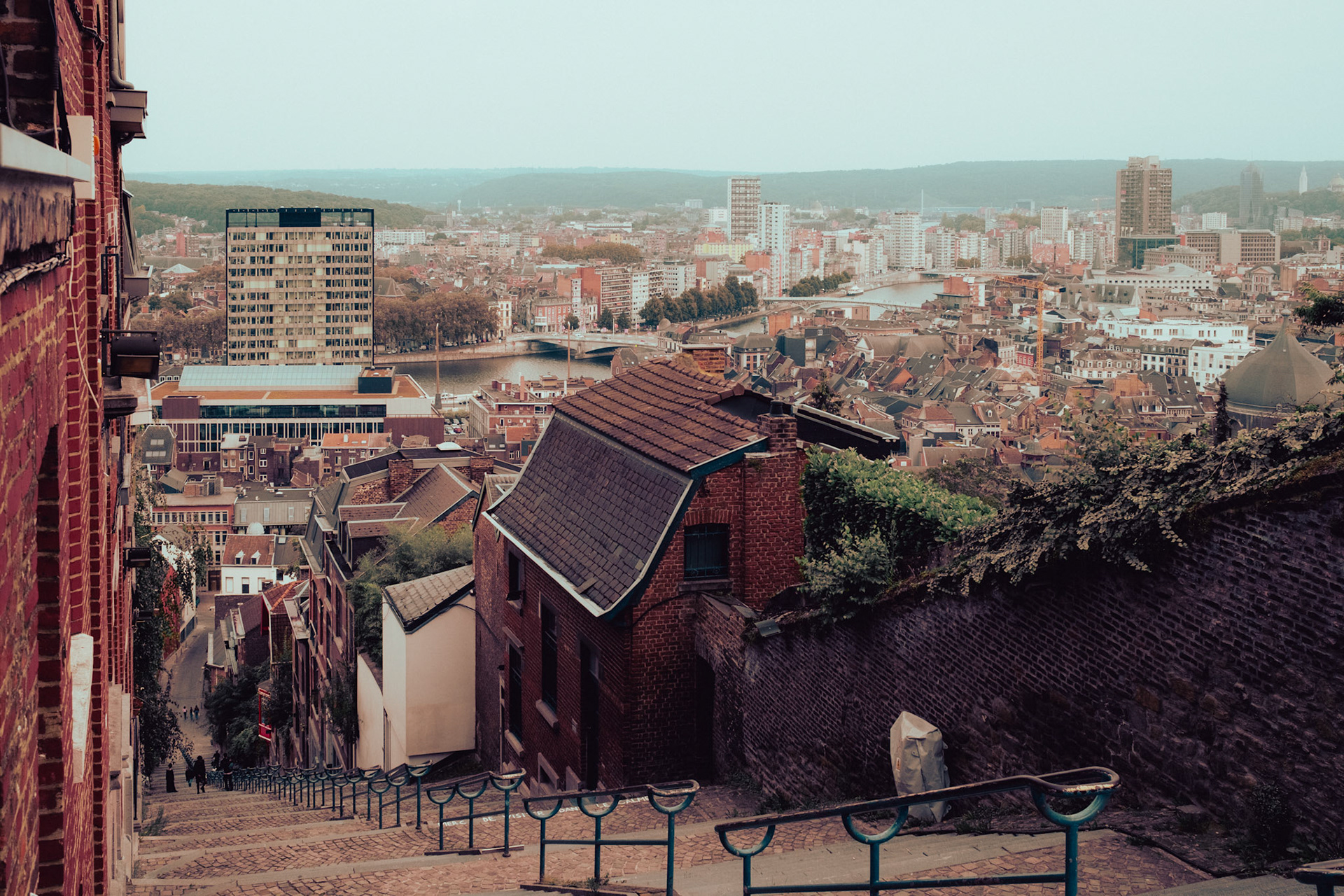
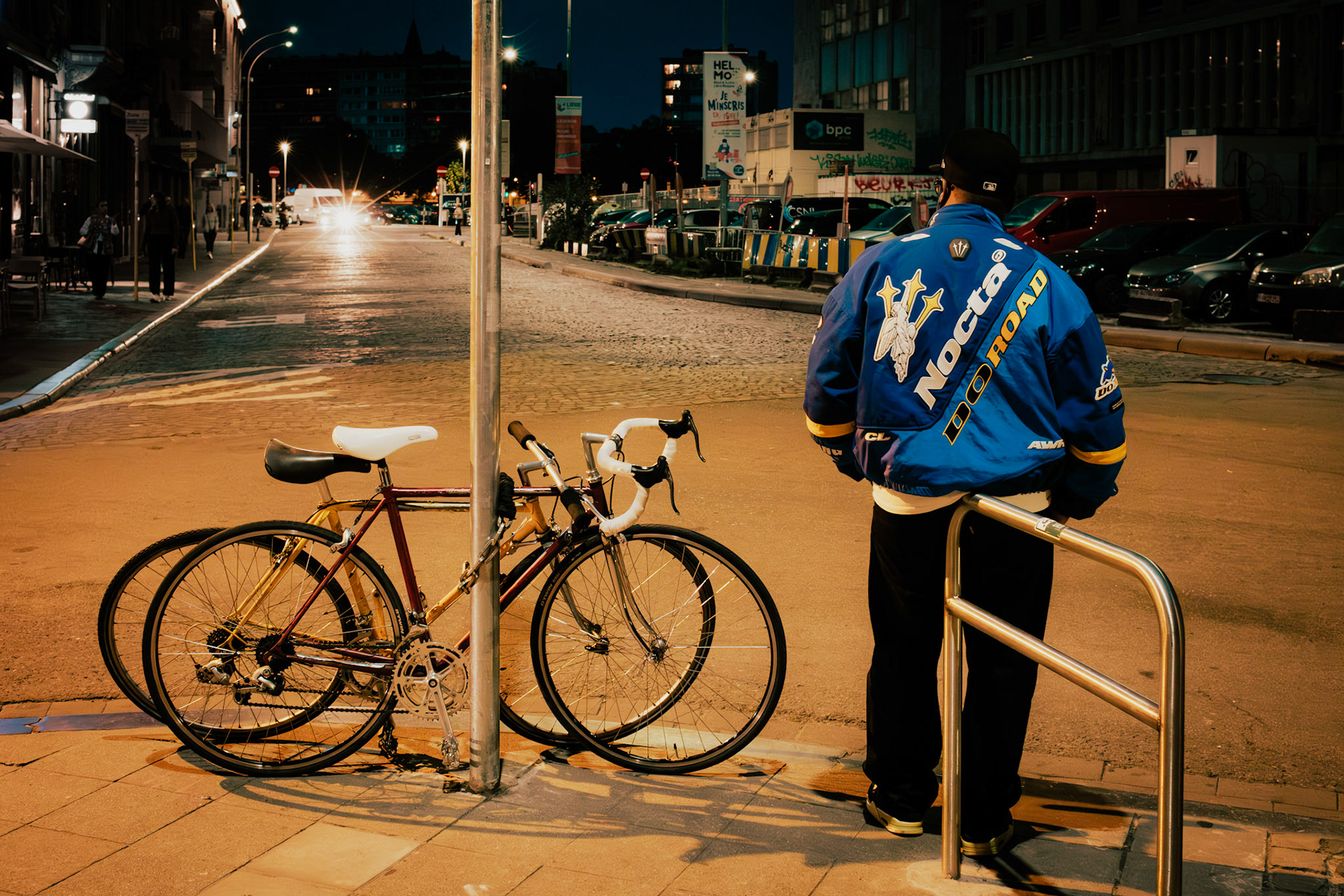
Namur, Where Time Slows
Namur, Wallonia’s capital, greeted me next. Its slower pace was a noticeable shift—people here take their time, unbothered by the hectic rush of larger cities.
From the Citadelle, perched high above the city, I was reminded of Granada, with its majestic views stretching in every direction. But Namur had its own charm, particularly in its street art and the Looking for Utopia statue—an oversized turtle carrying a man, whimsical and profound at the same time, evoking thoughts of life's slower journeys.
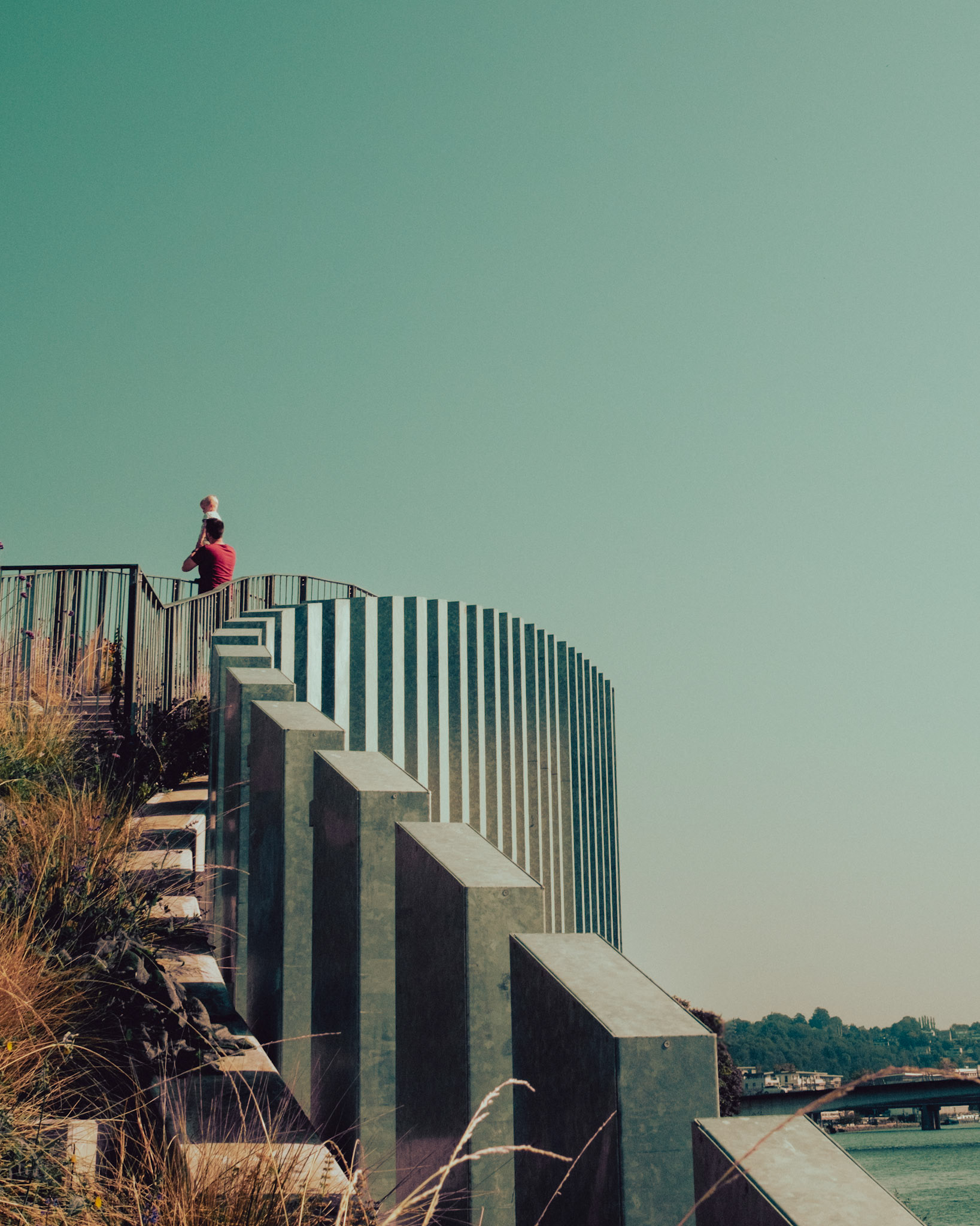
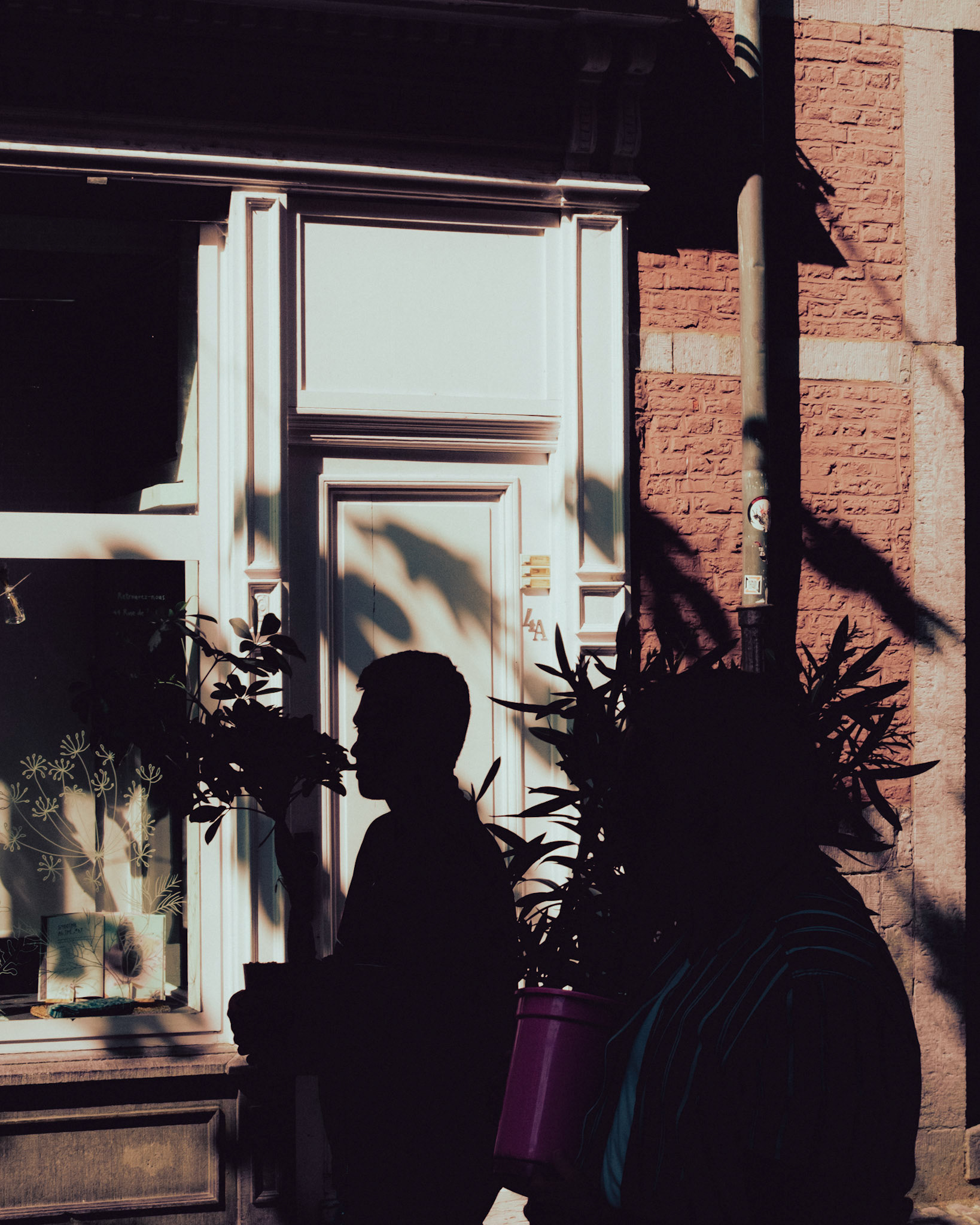
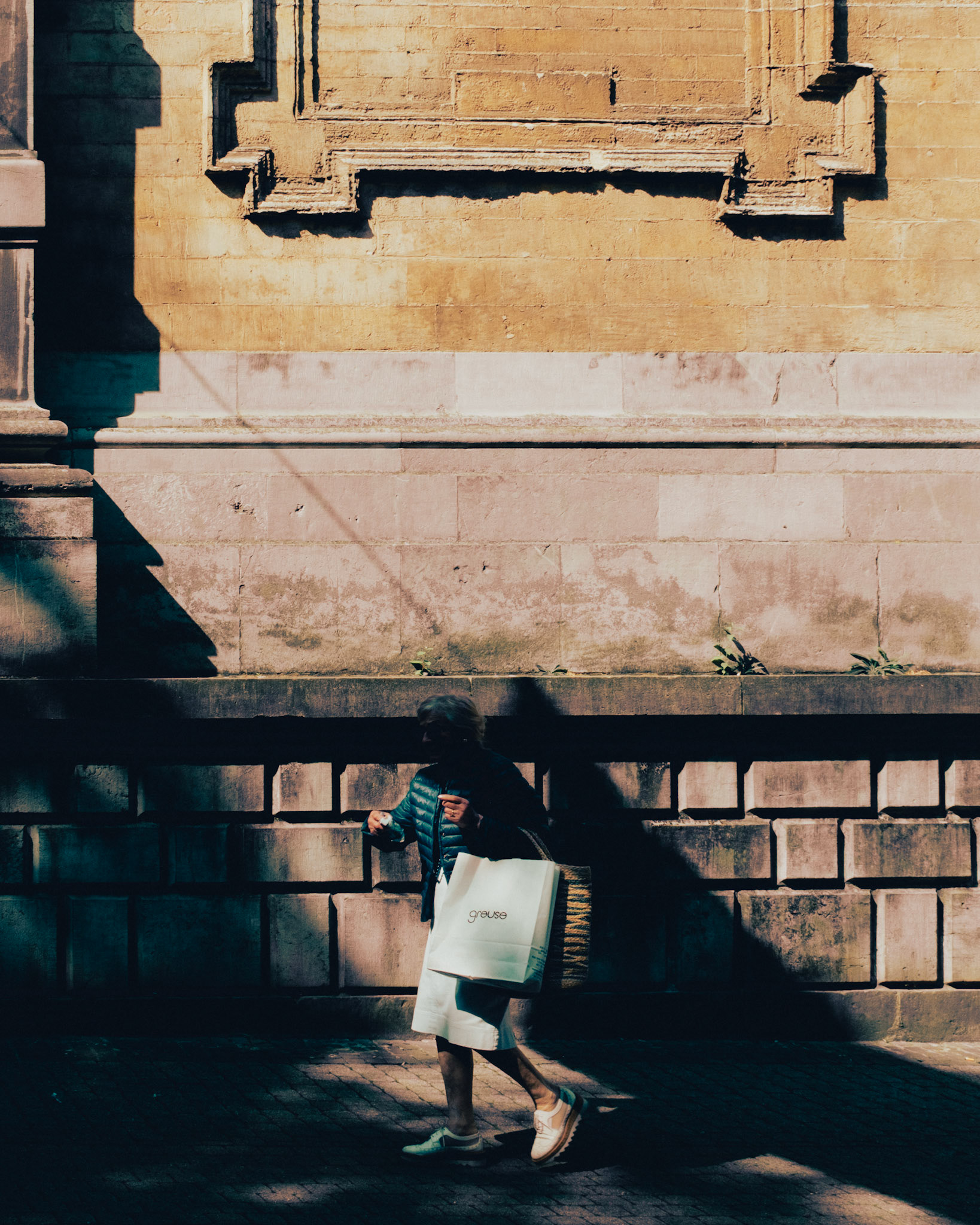
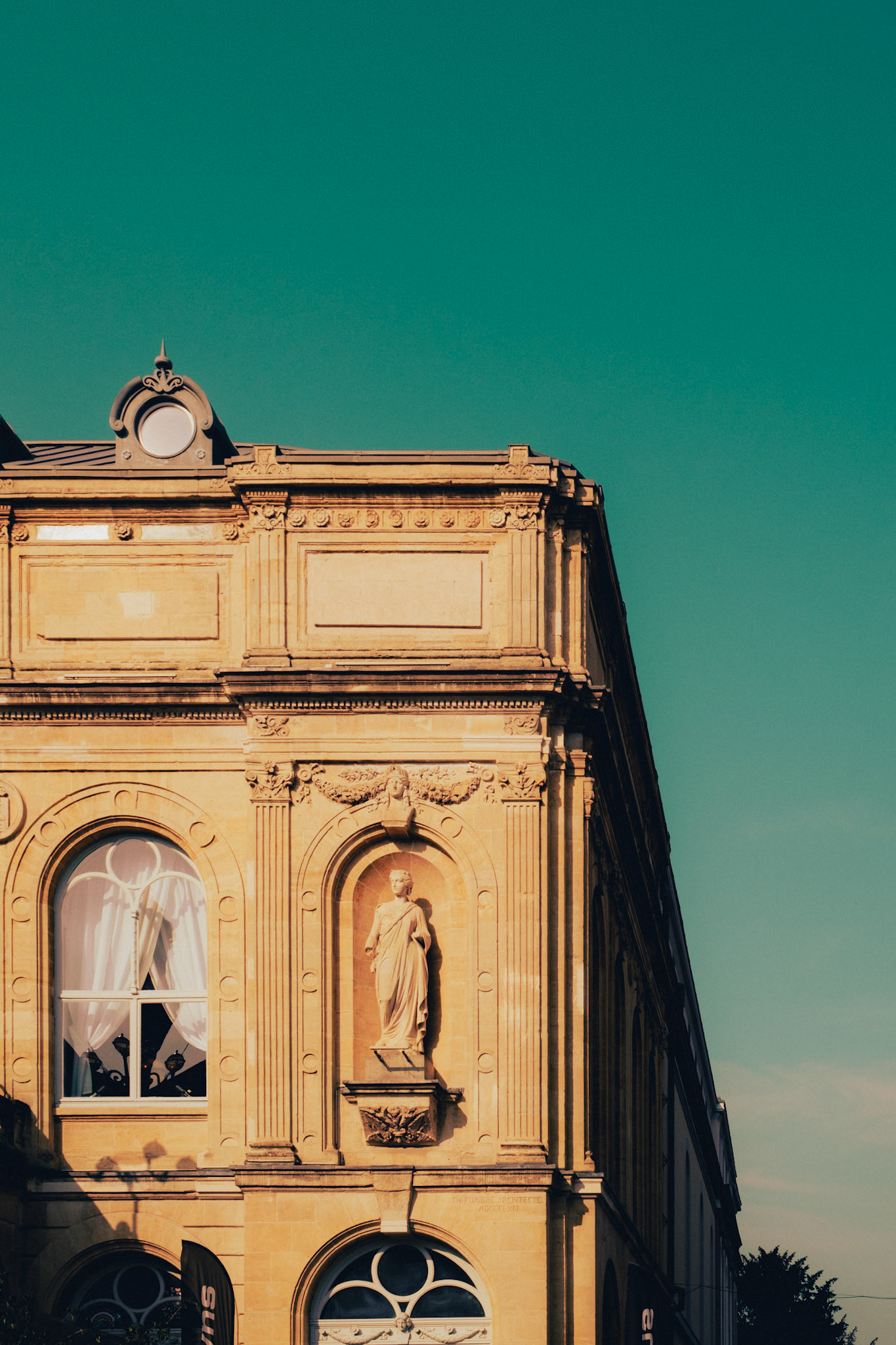
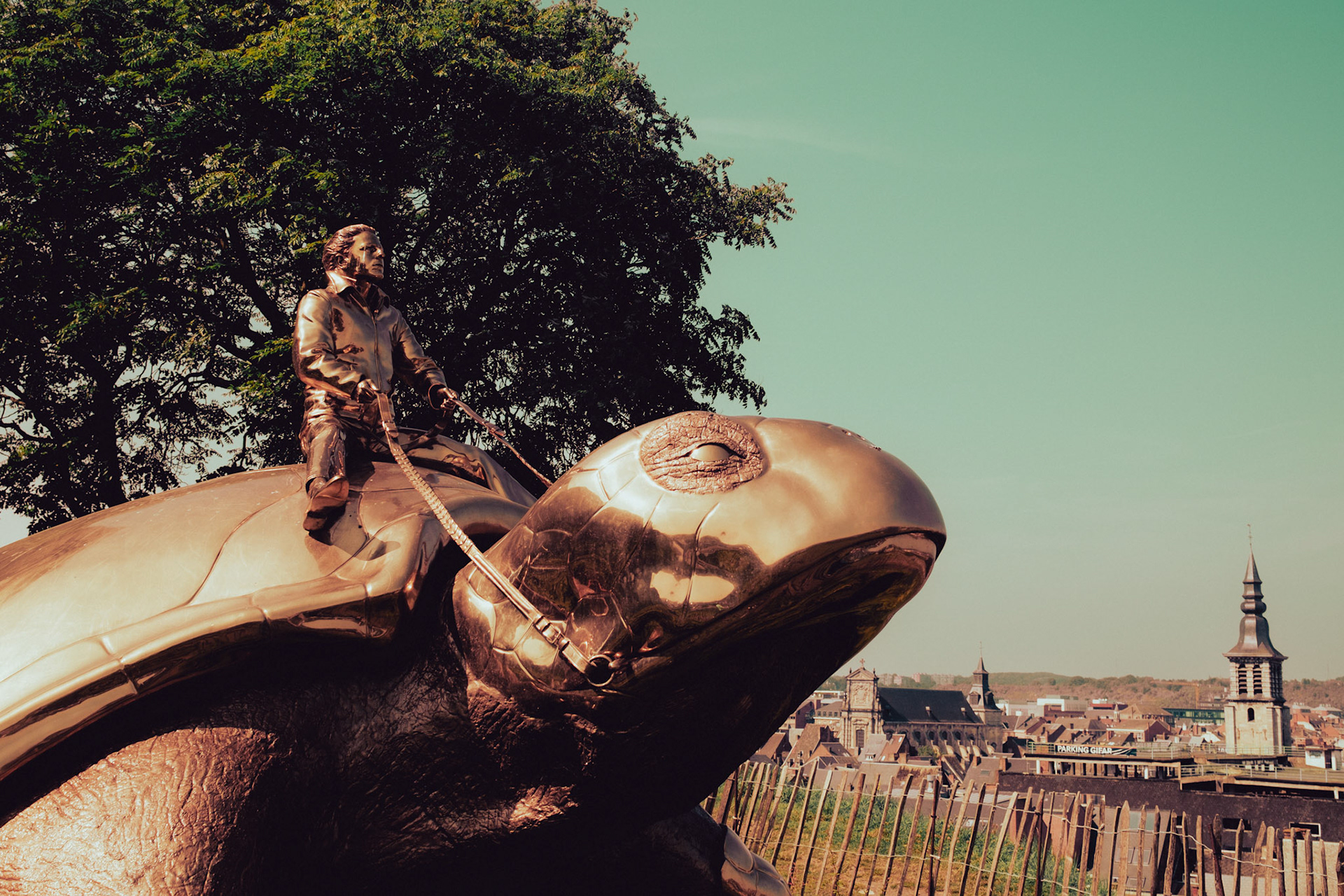
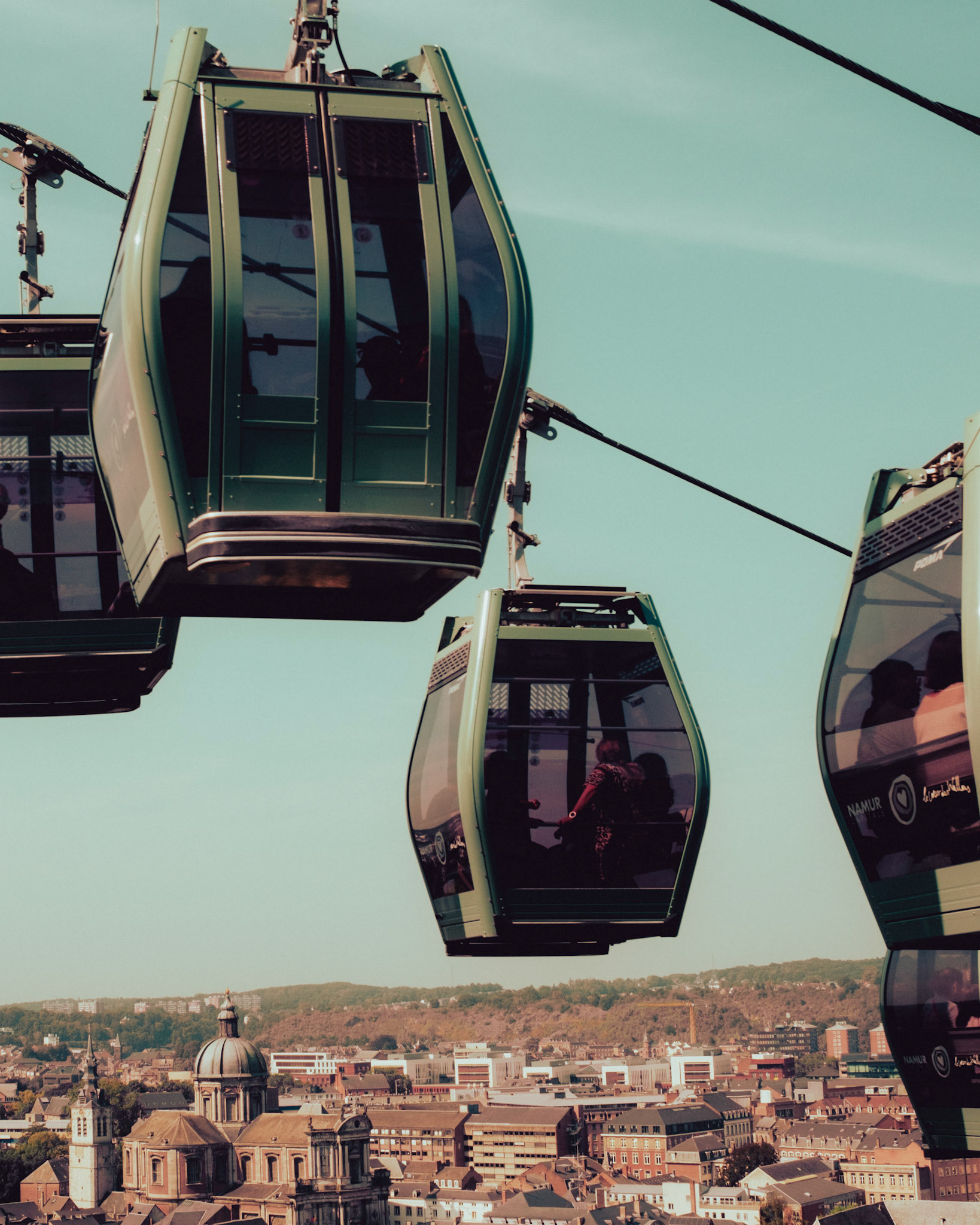
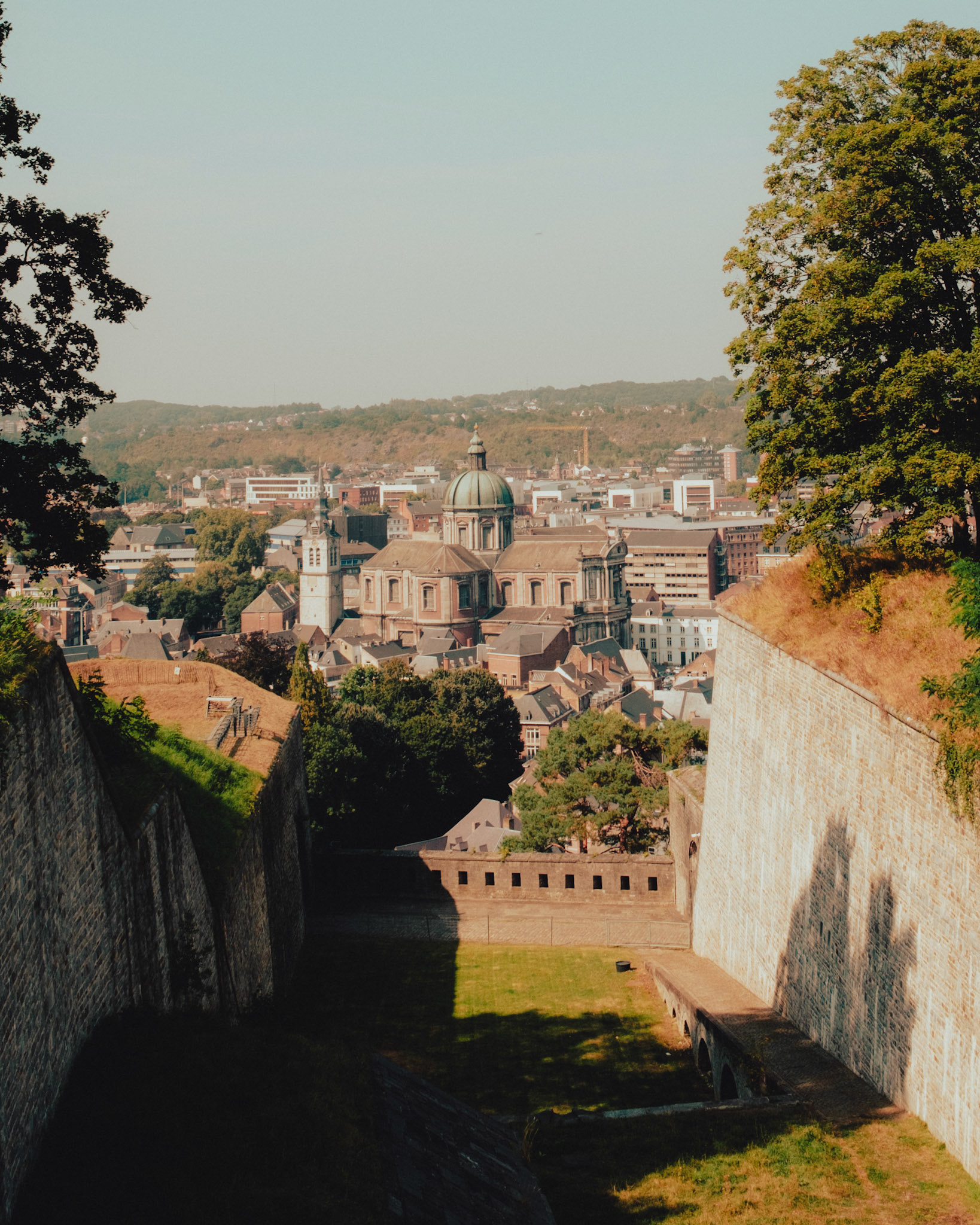
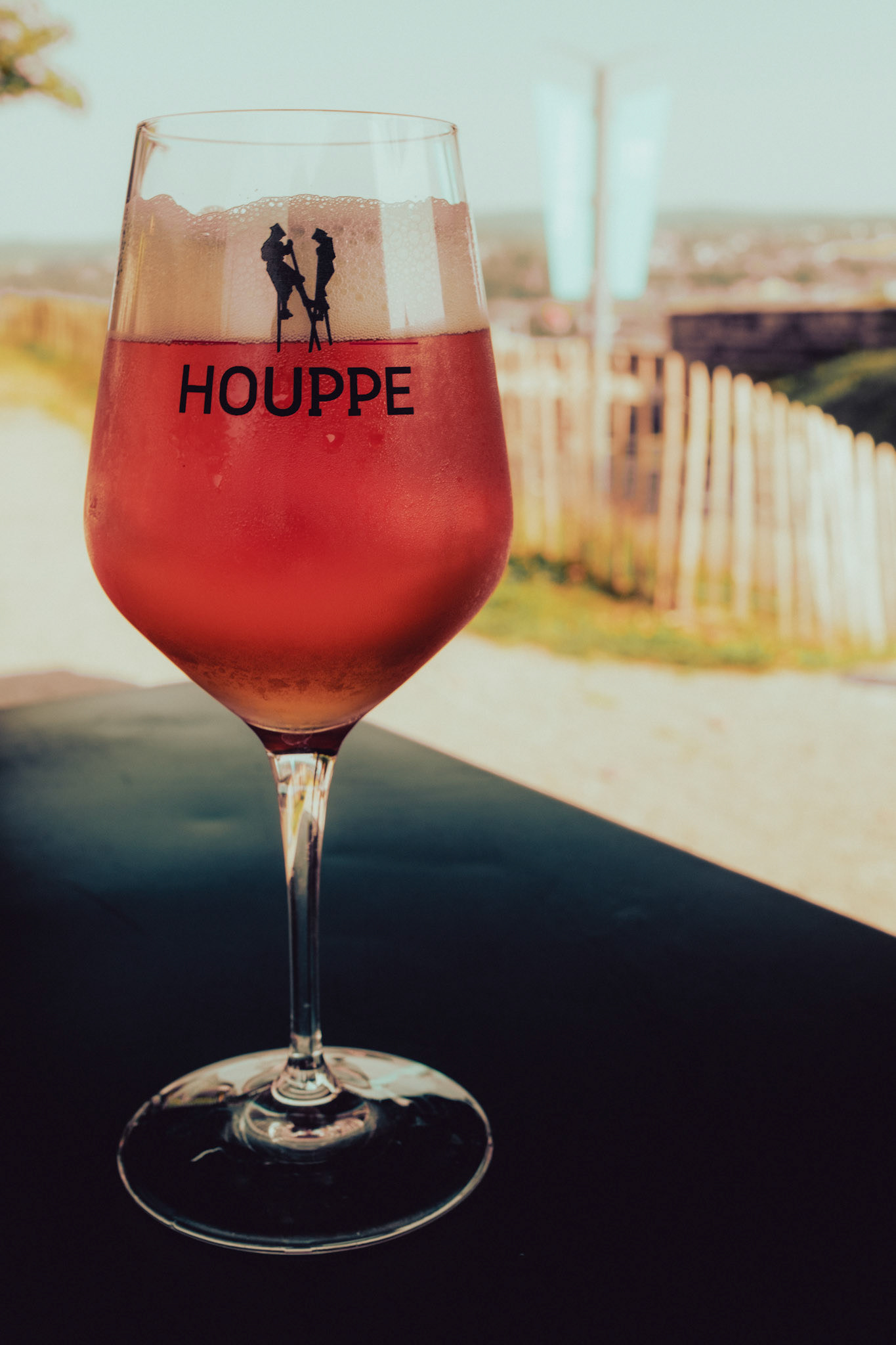
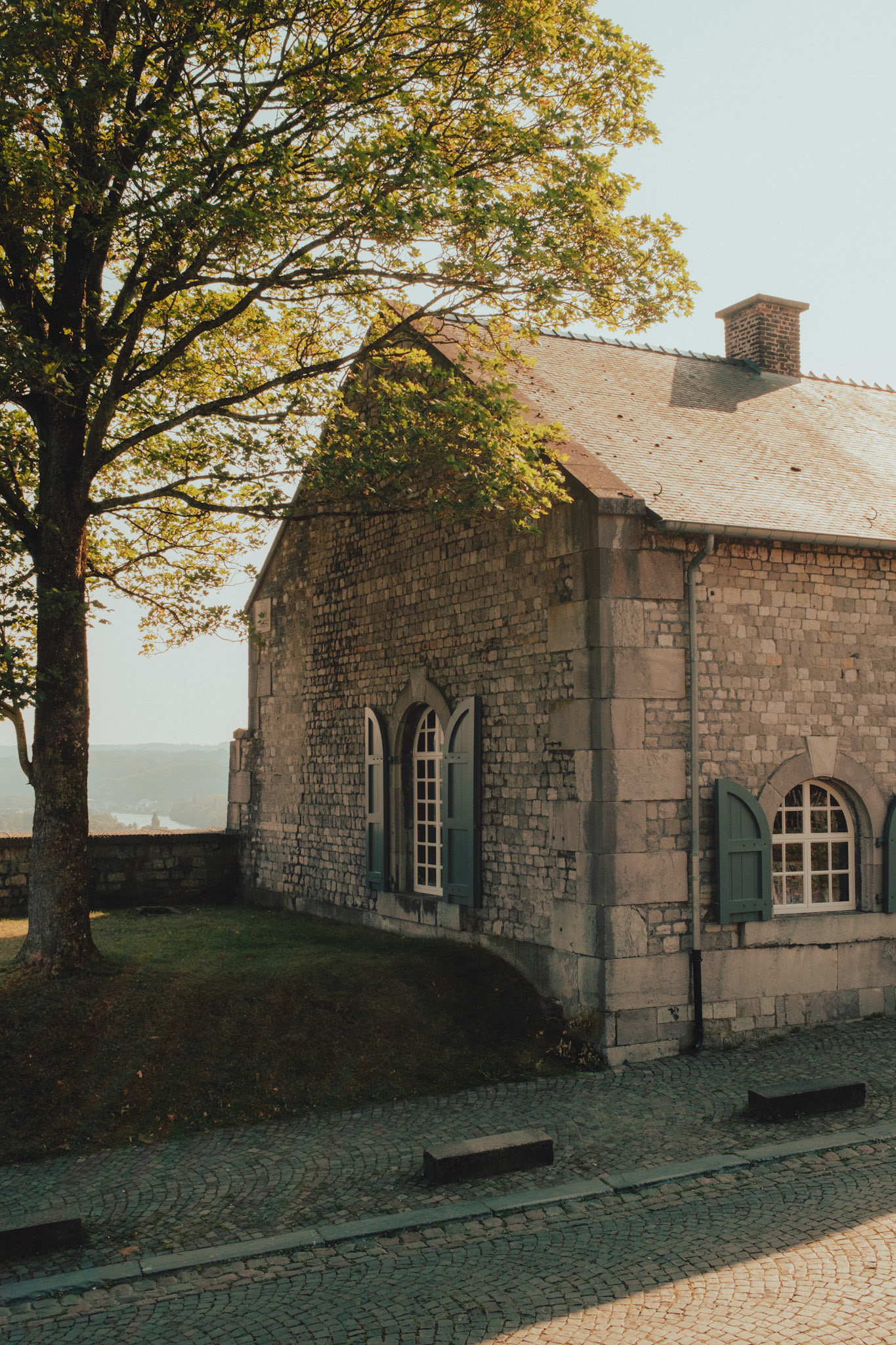
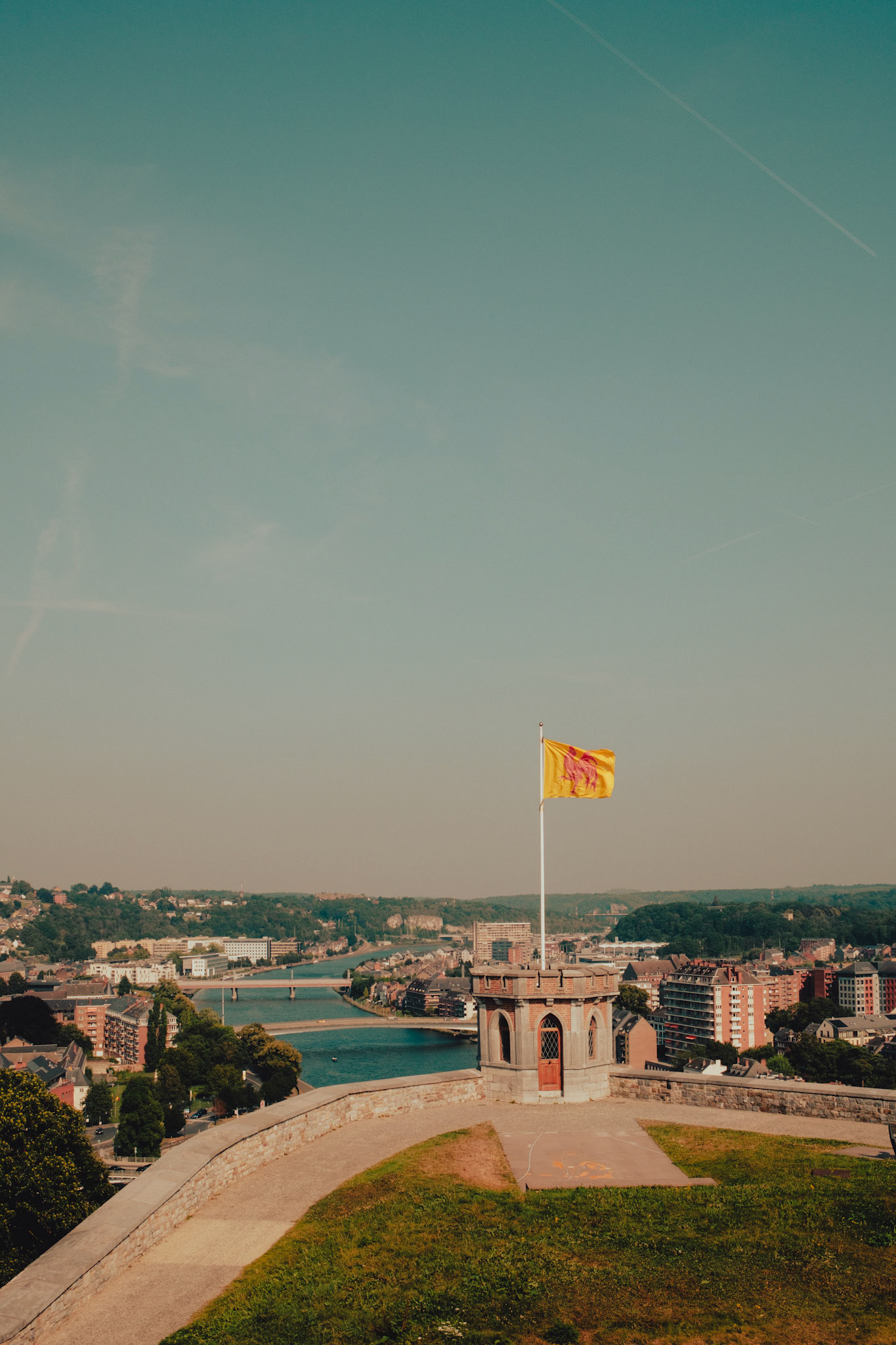
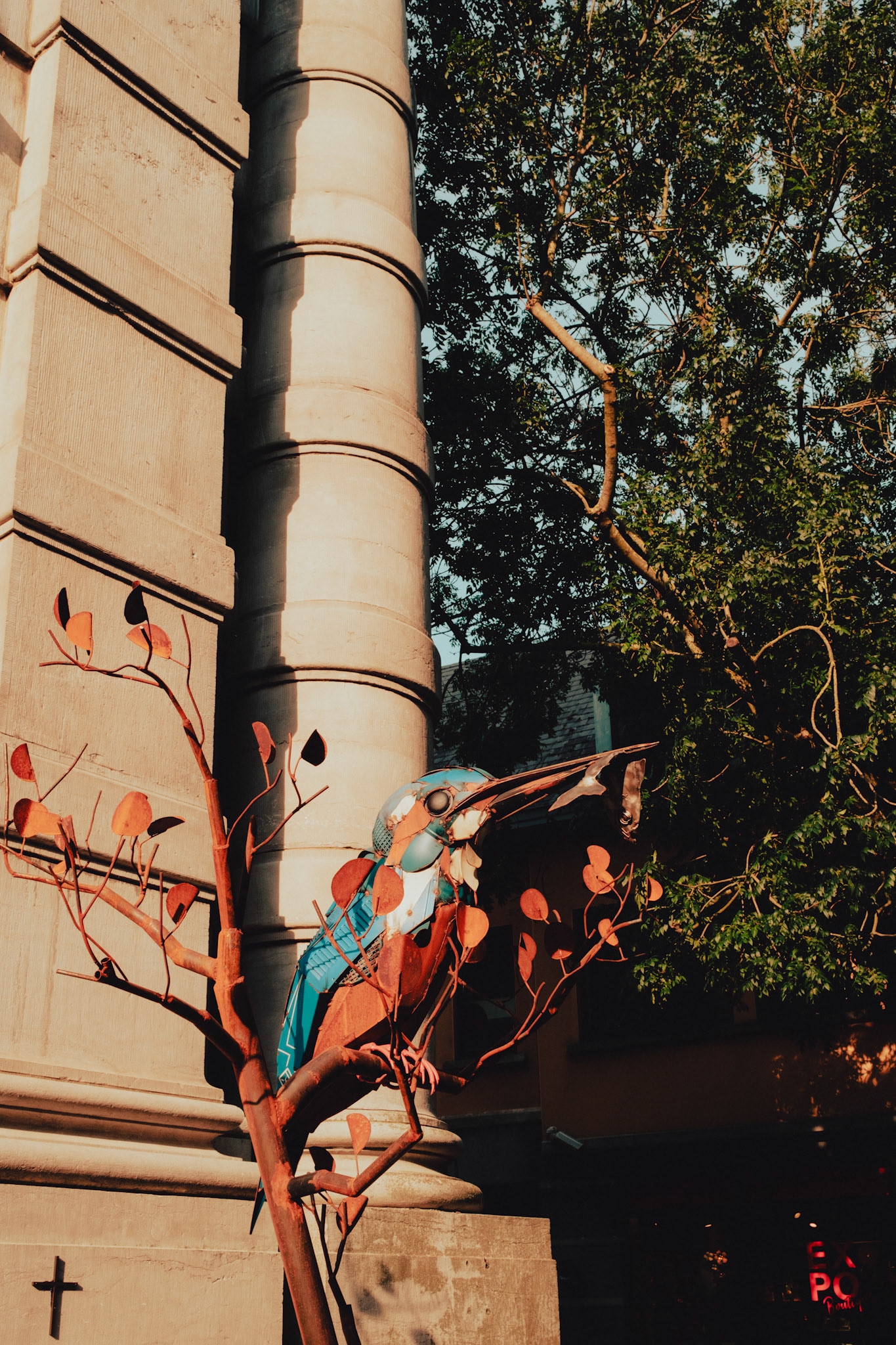
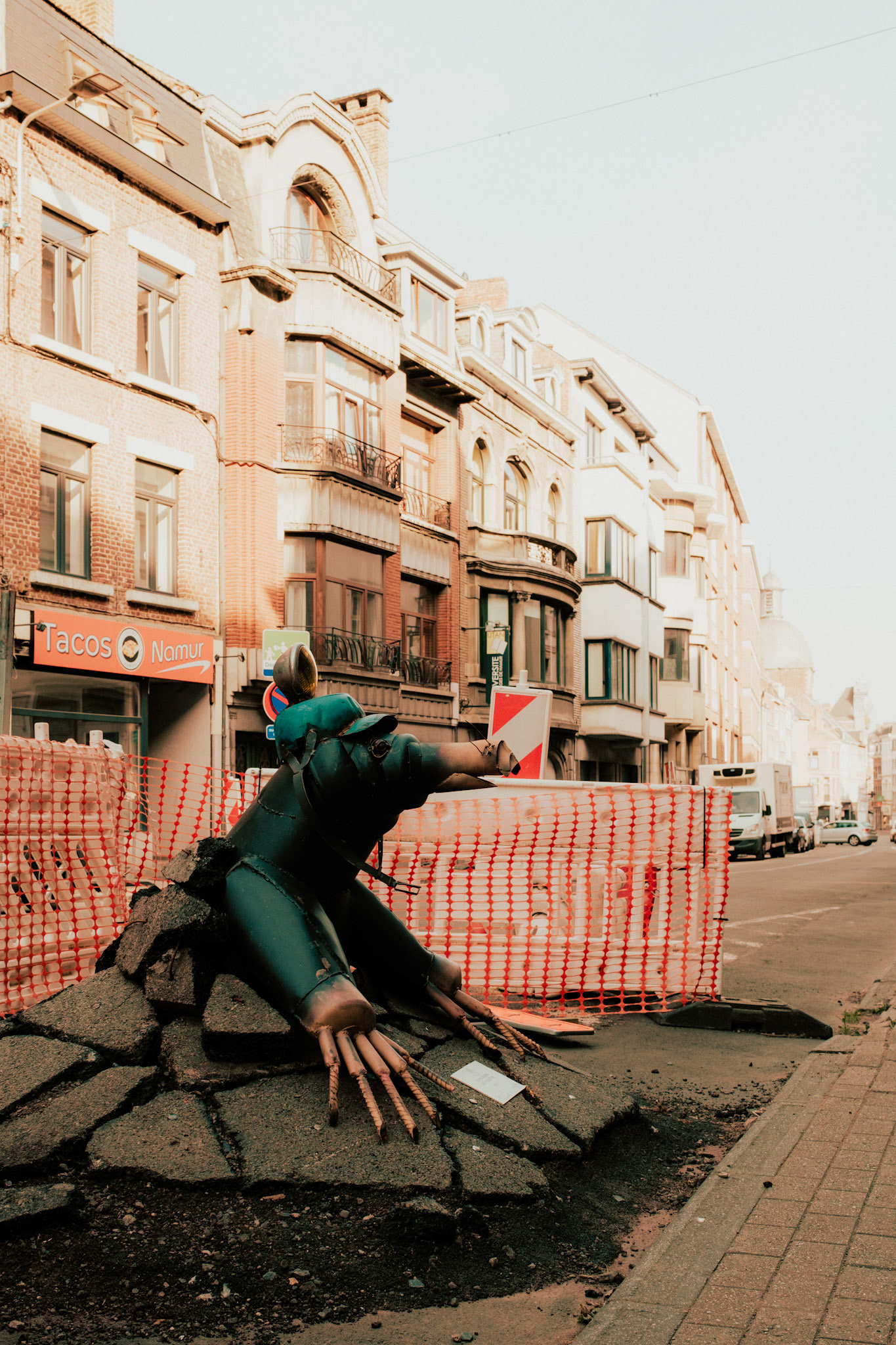
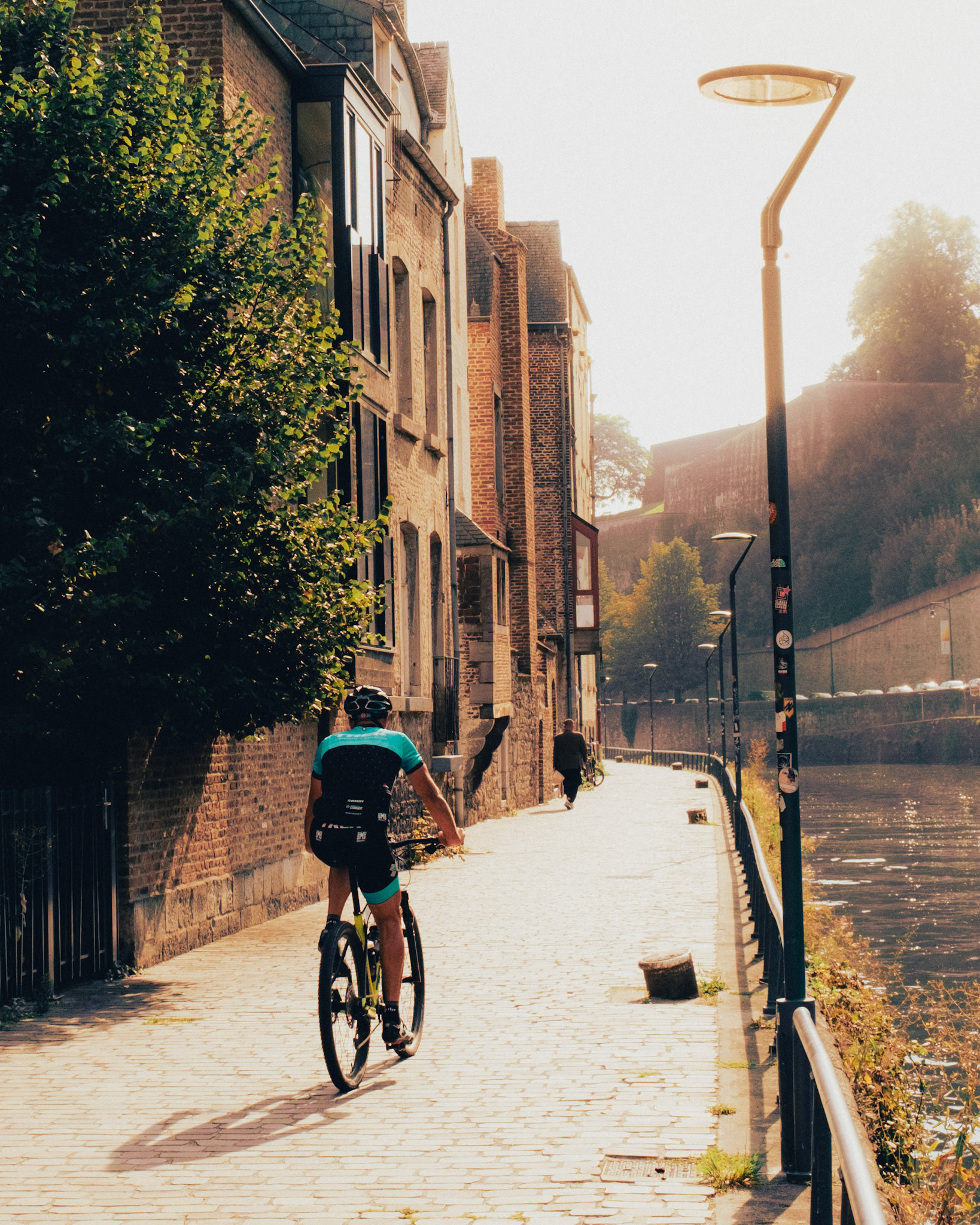
Brussels, Heat and Haste
My final stop was Brussels, a stark contrast to the tranquillity of Namur. The city felt alive, pulsing with energy on a scorching 32ºC summer day. Entering through Noordstation, I was immediately hit by the scale of the metropolis.
But nothing could prepare me for the sight of the Grote Markt. It’s easily the most impressive plaza I’ve ever seen, with its intricate facades and towering buildings, a true testament to the city’s majesty.
